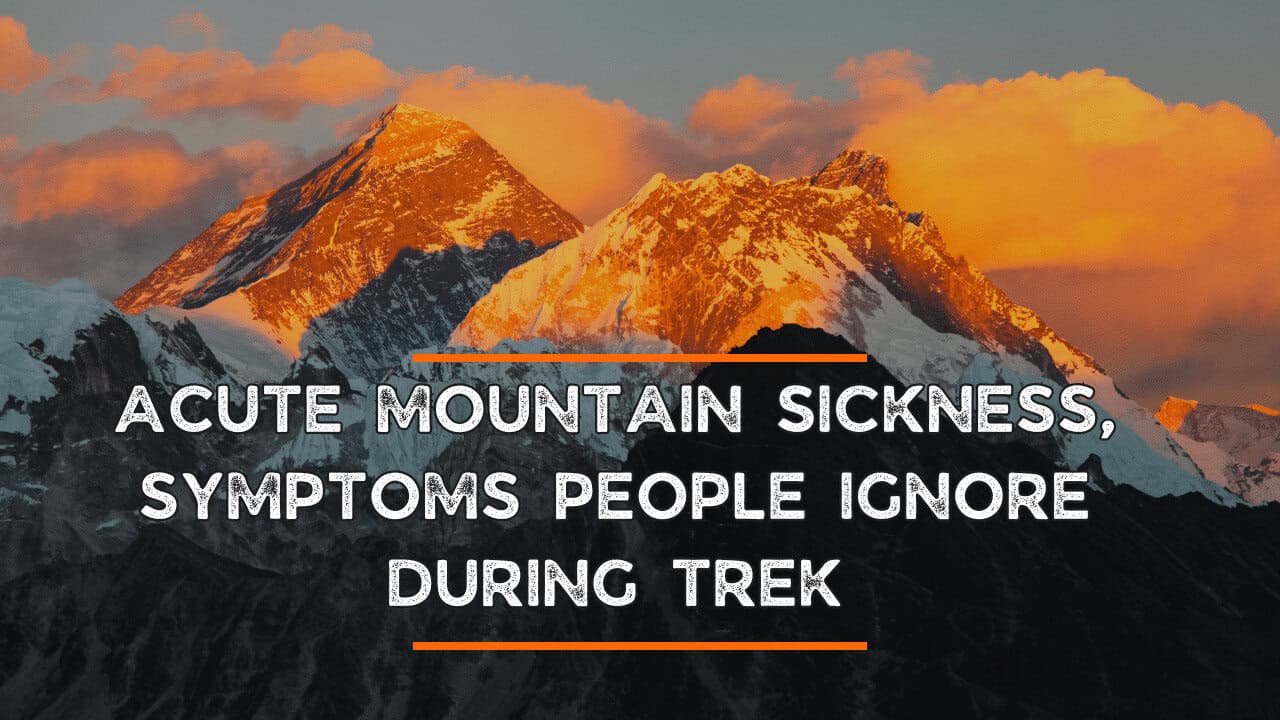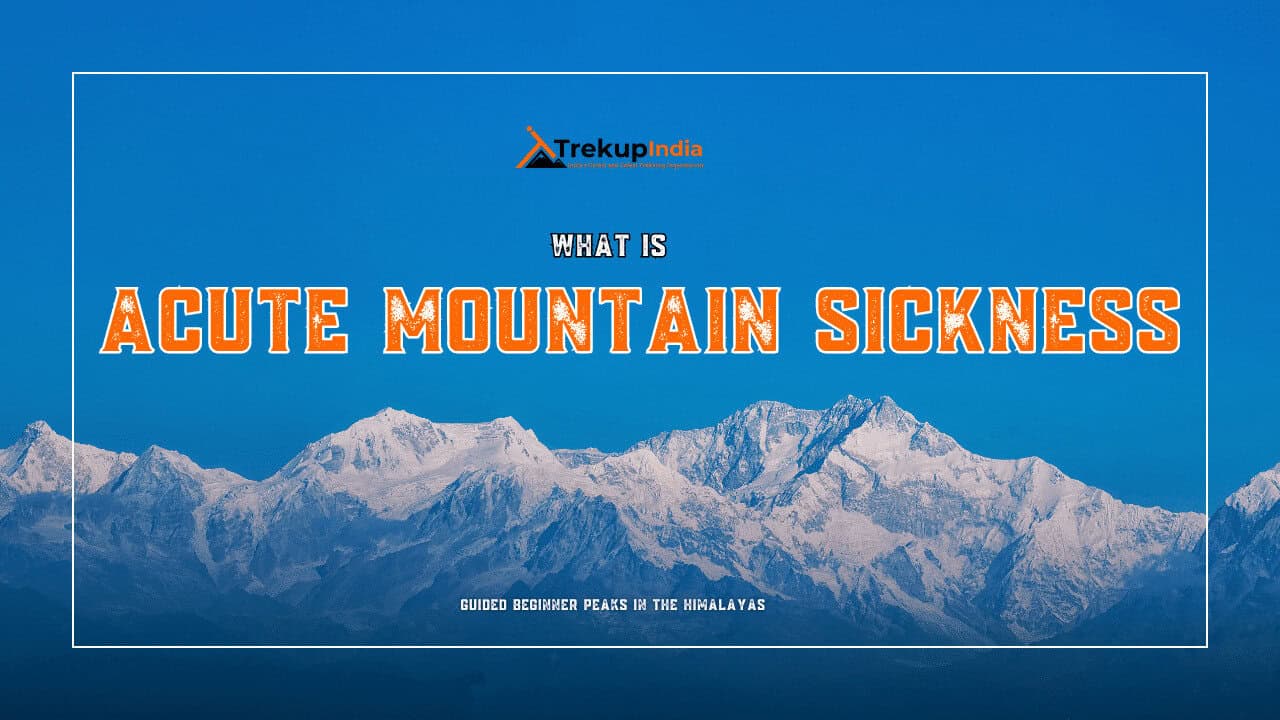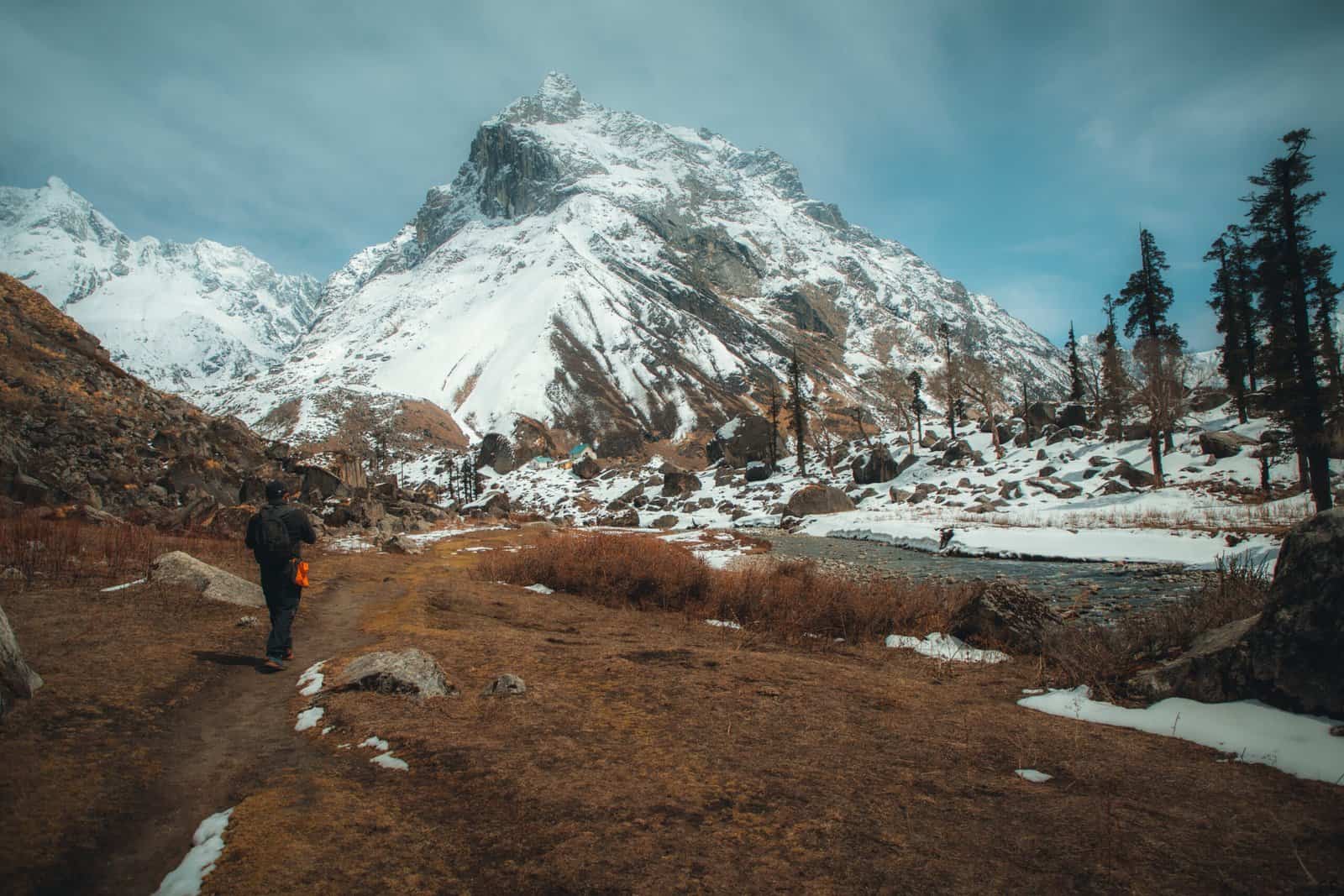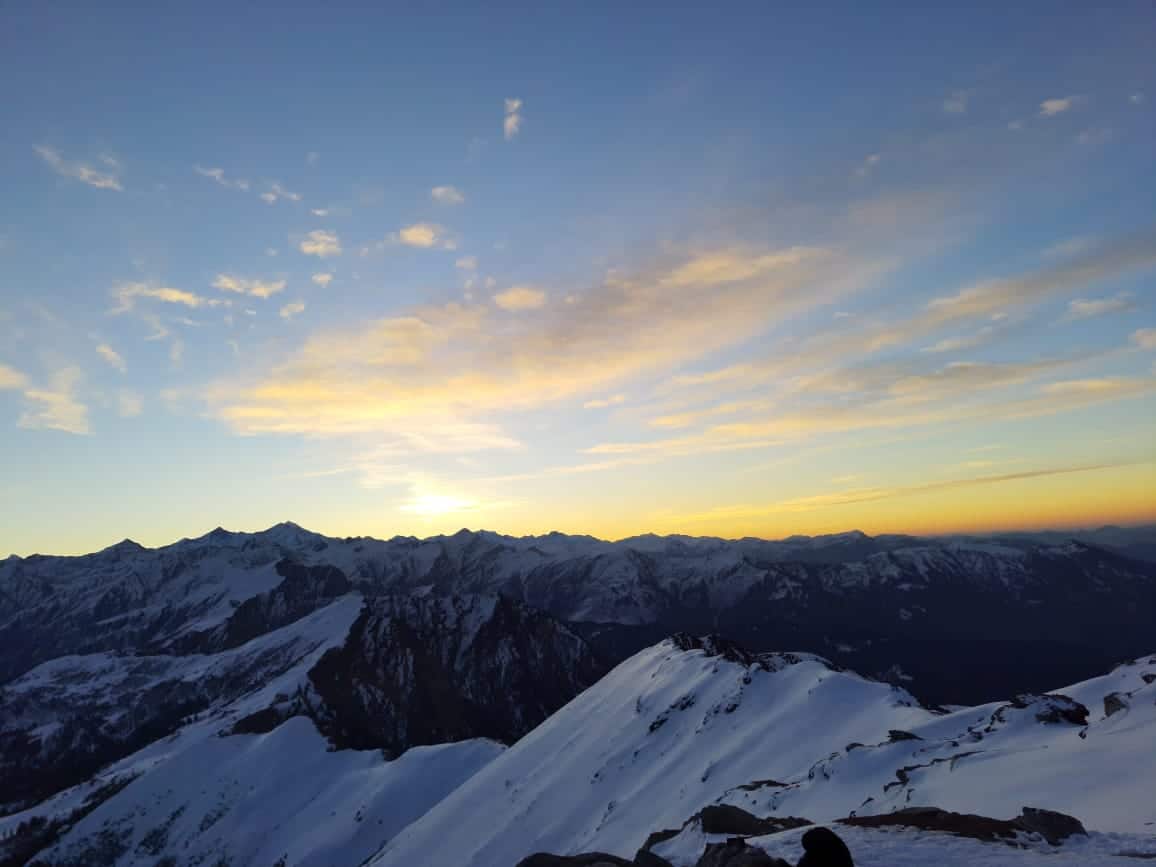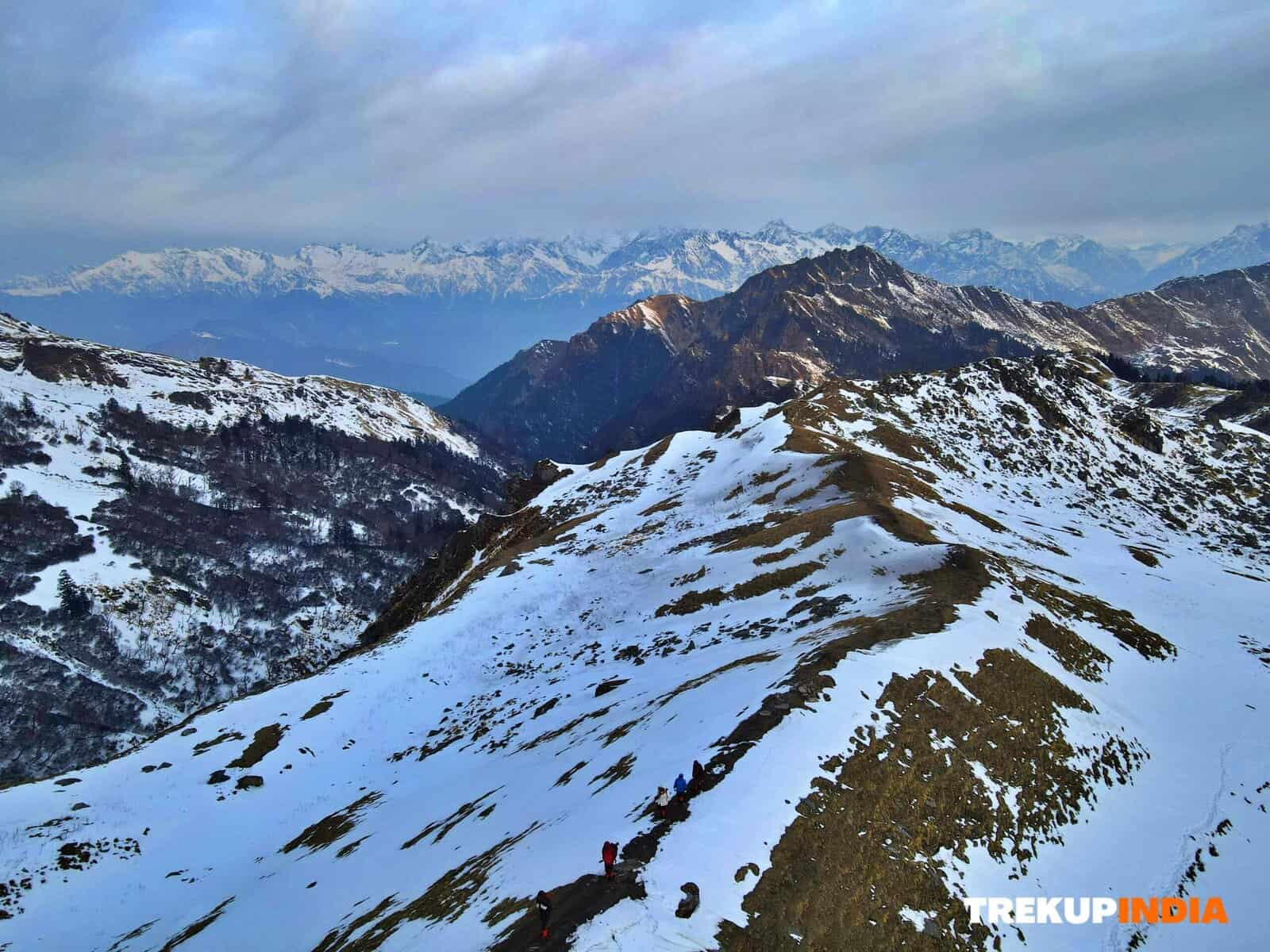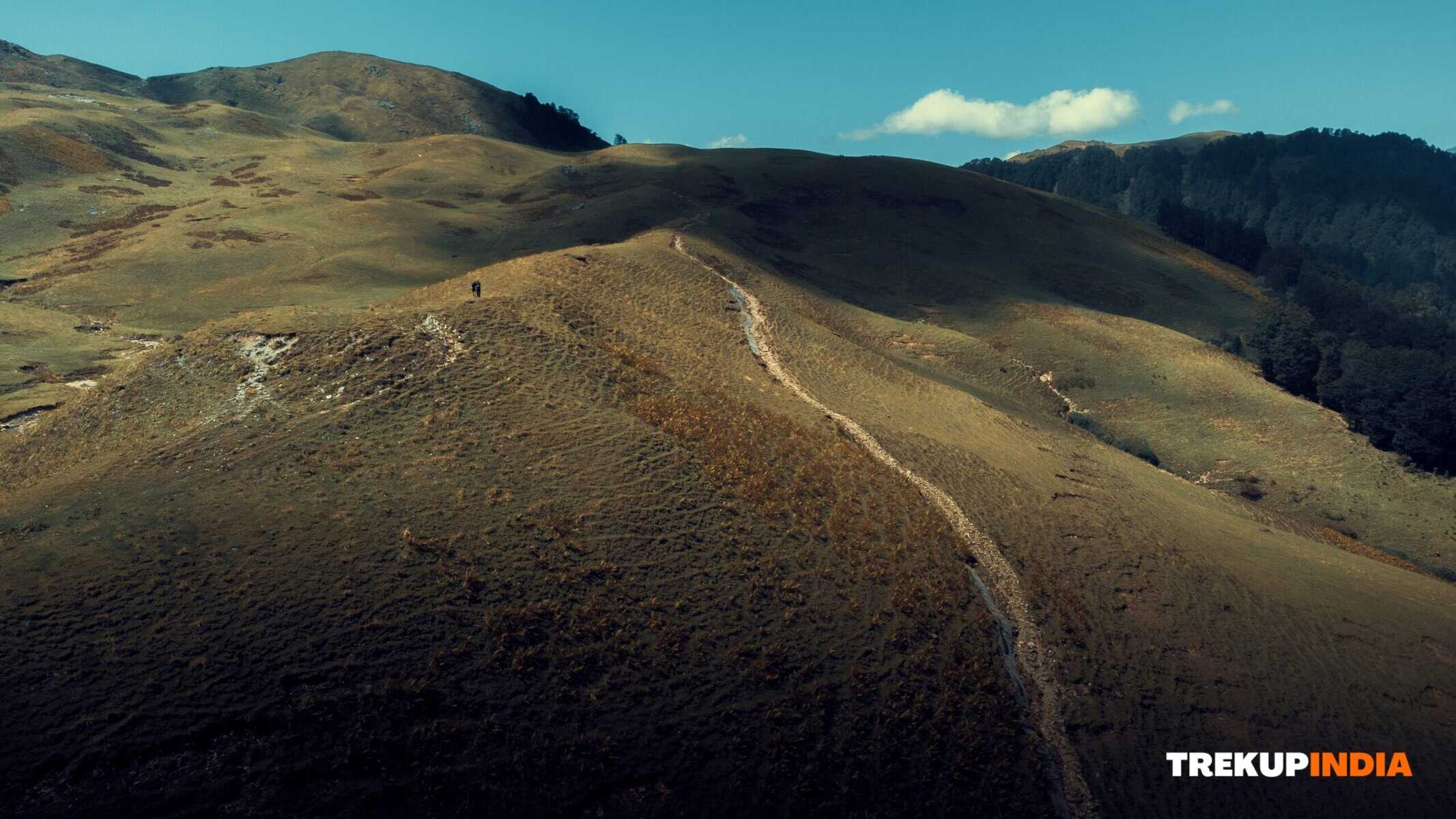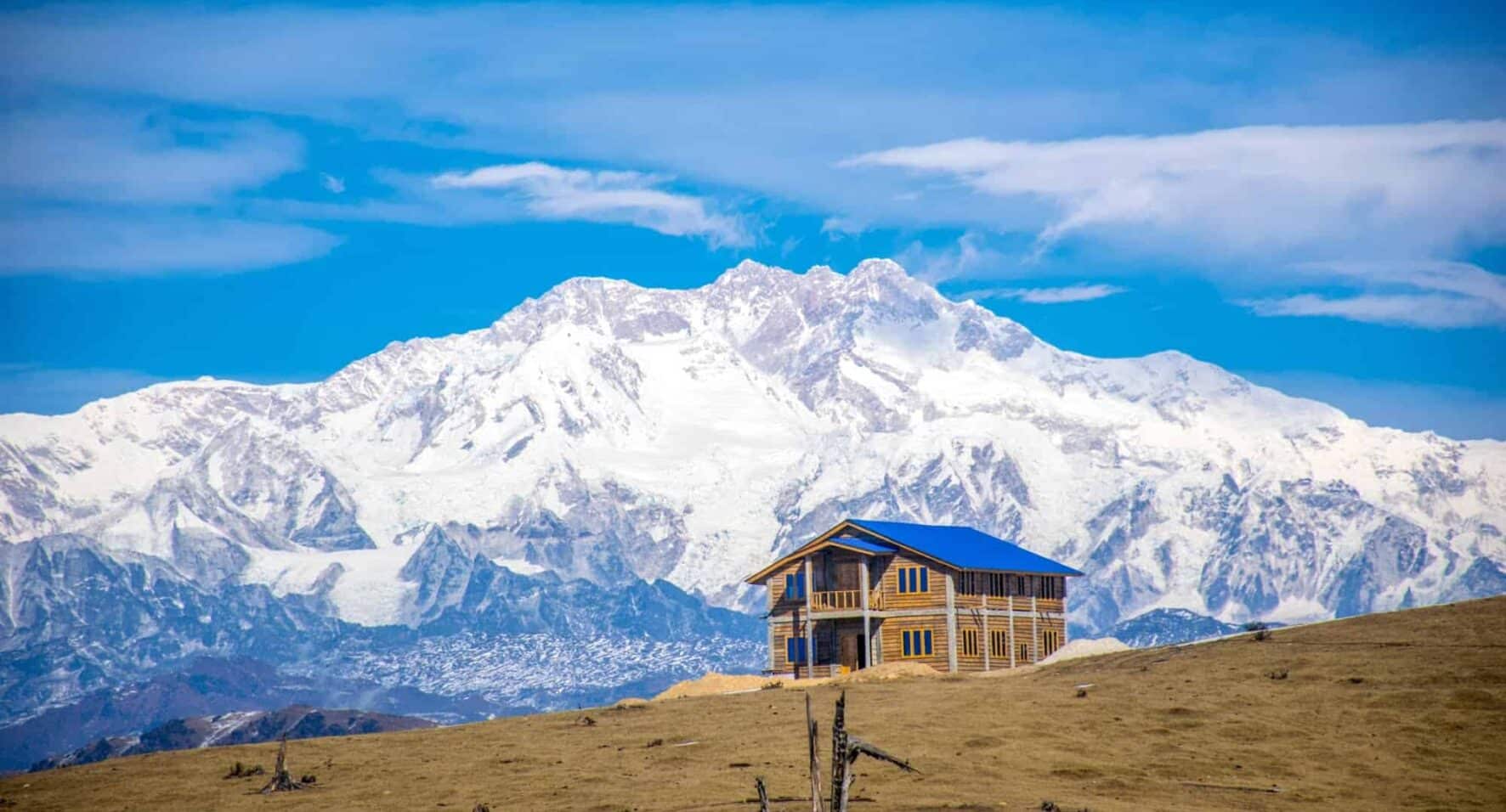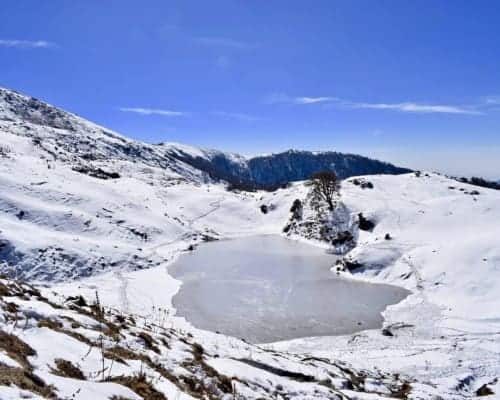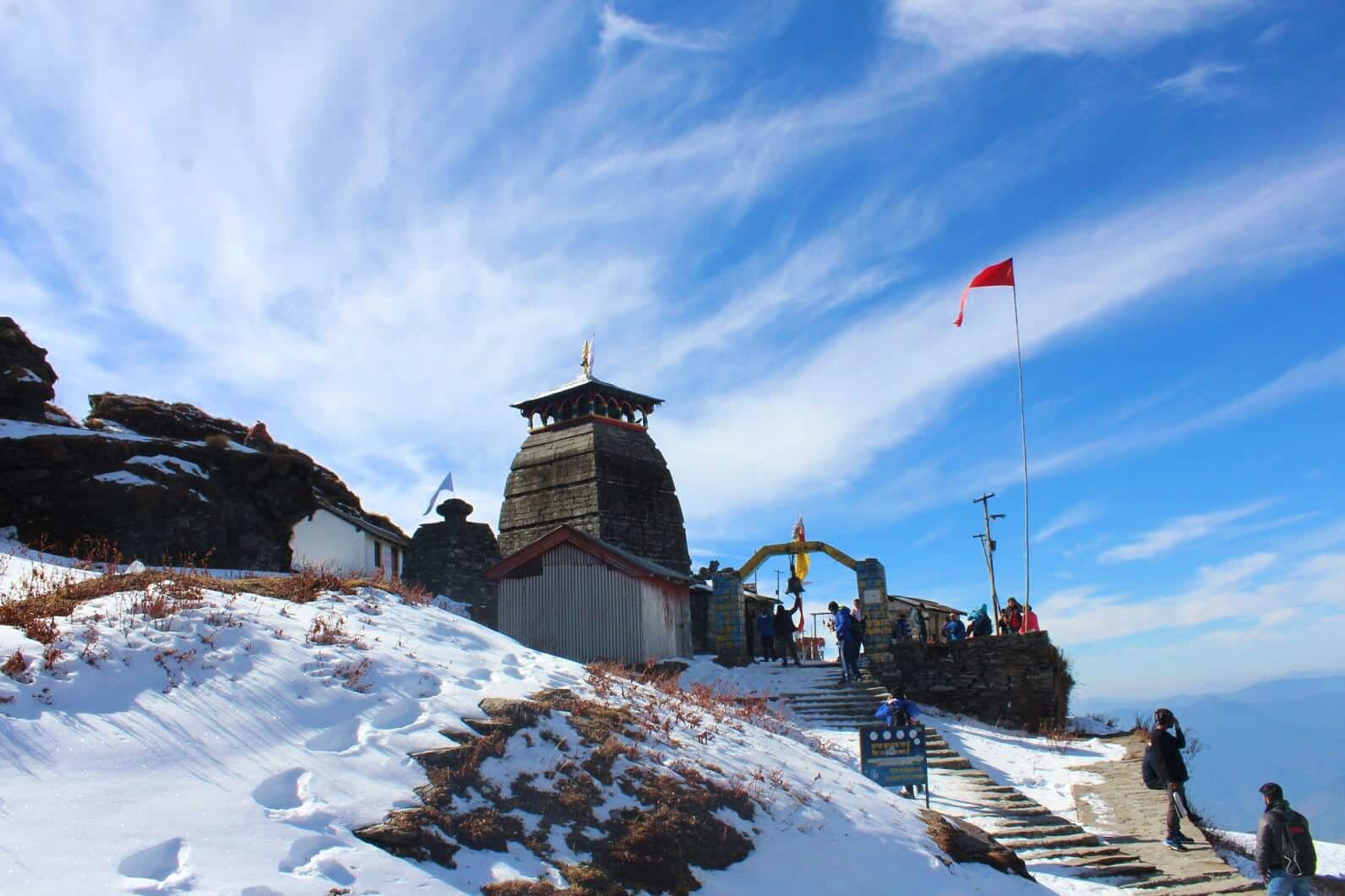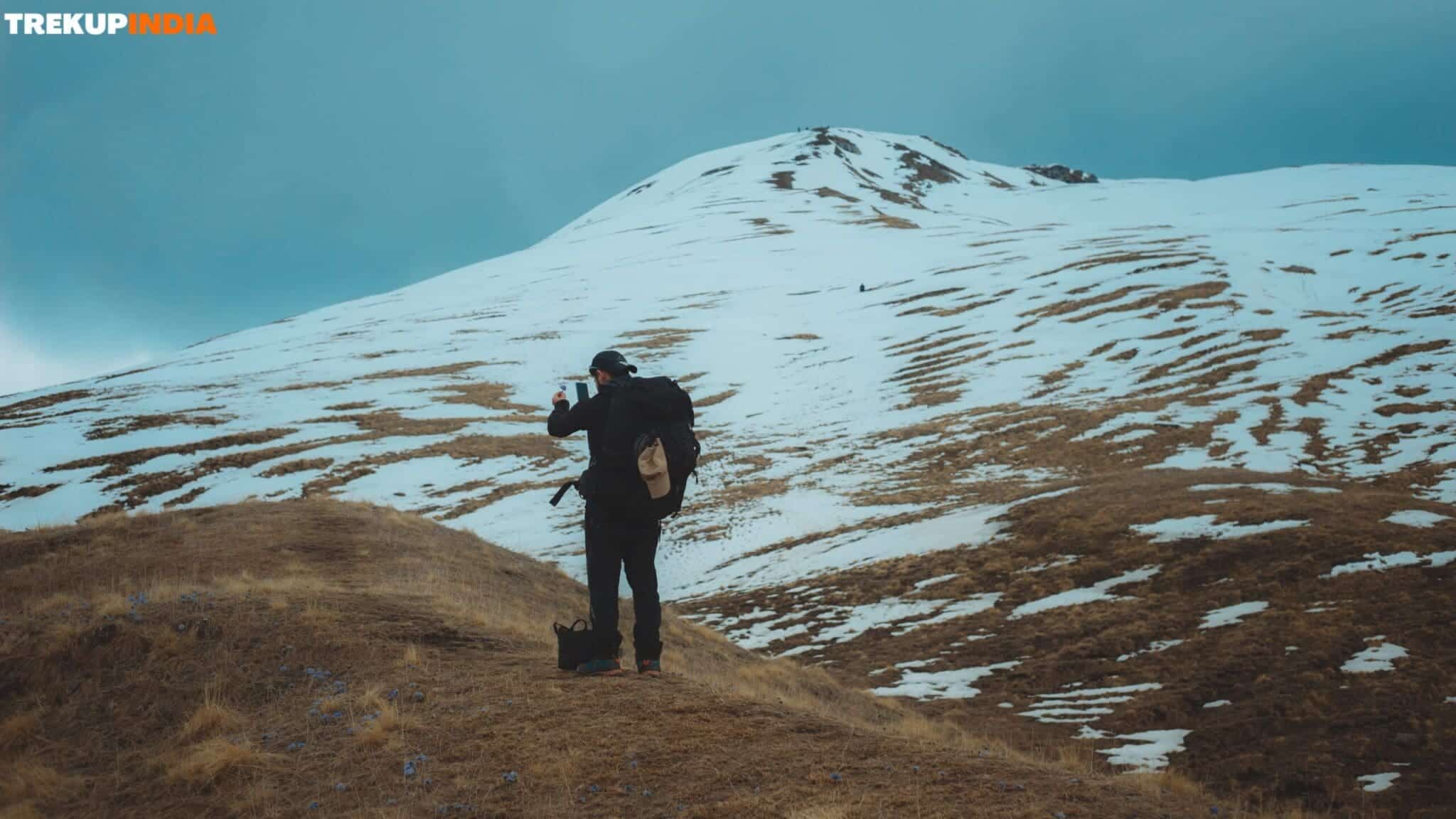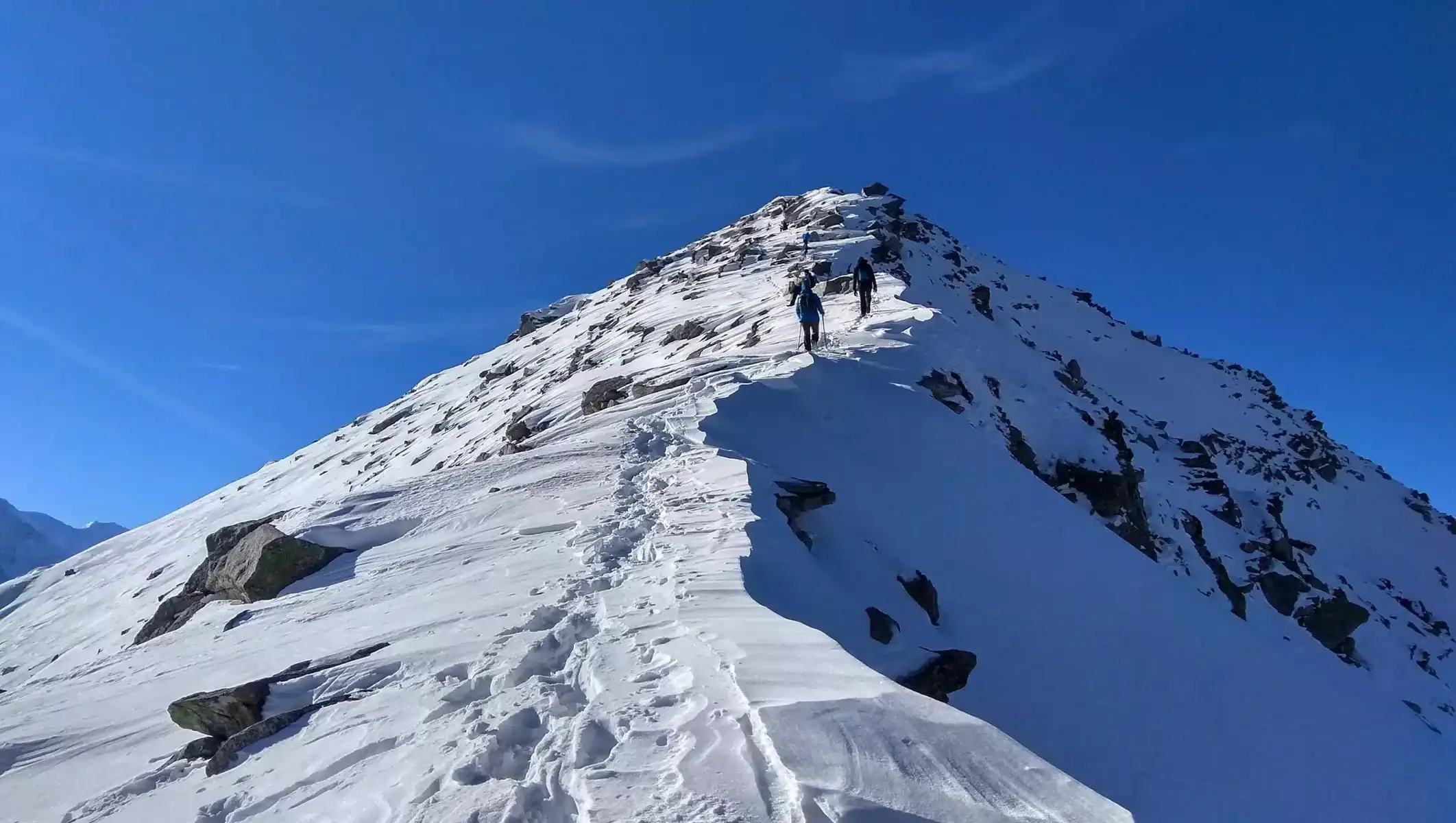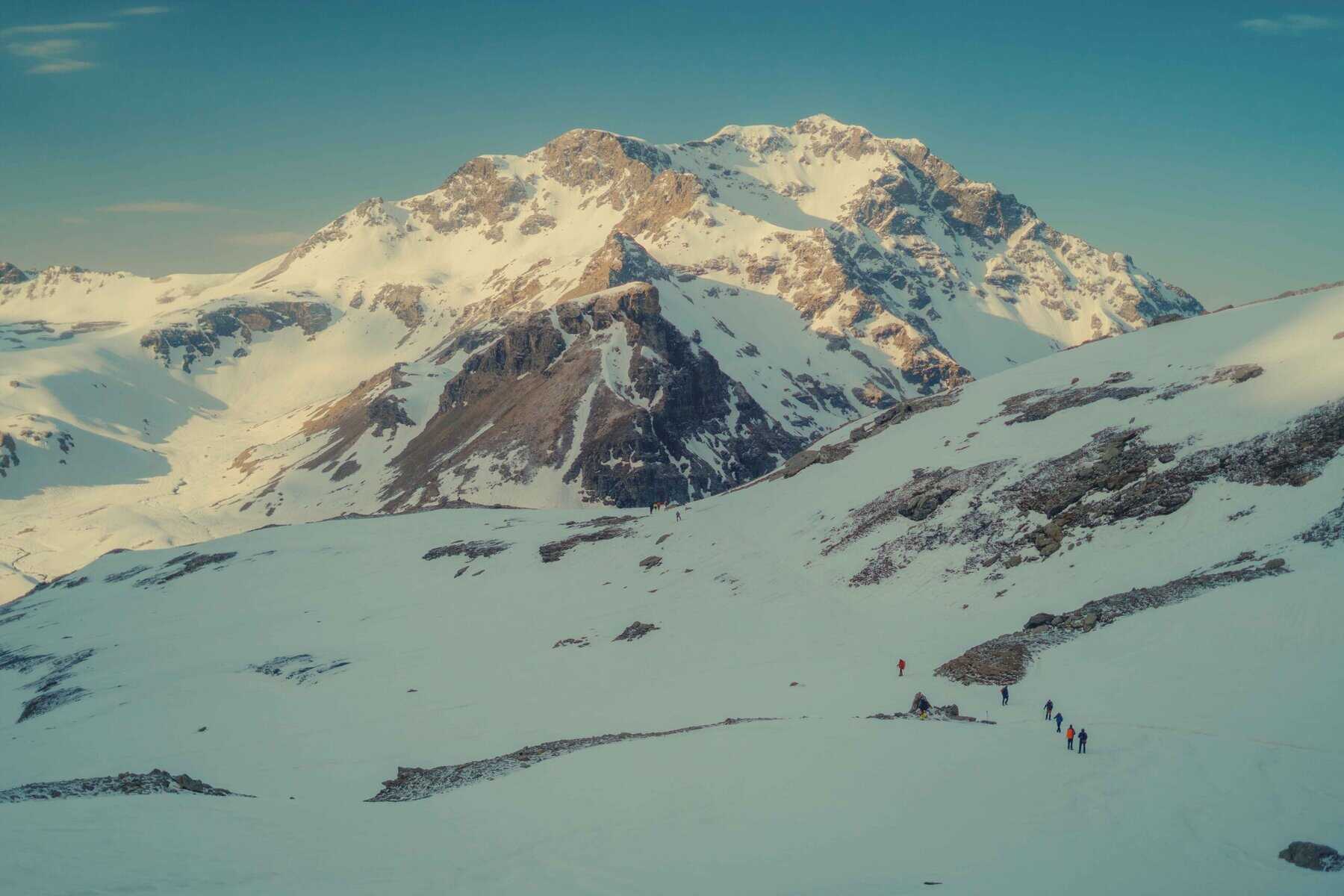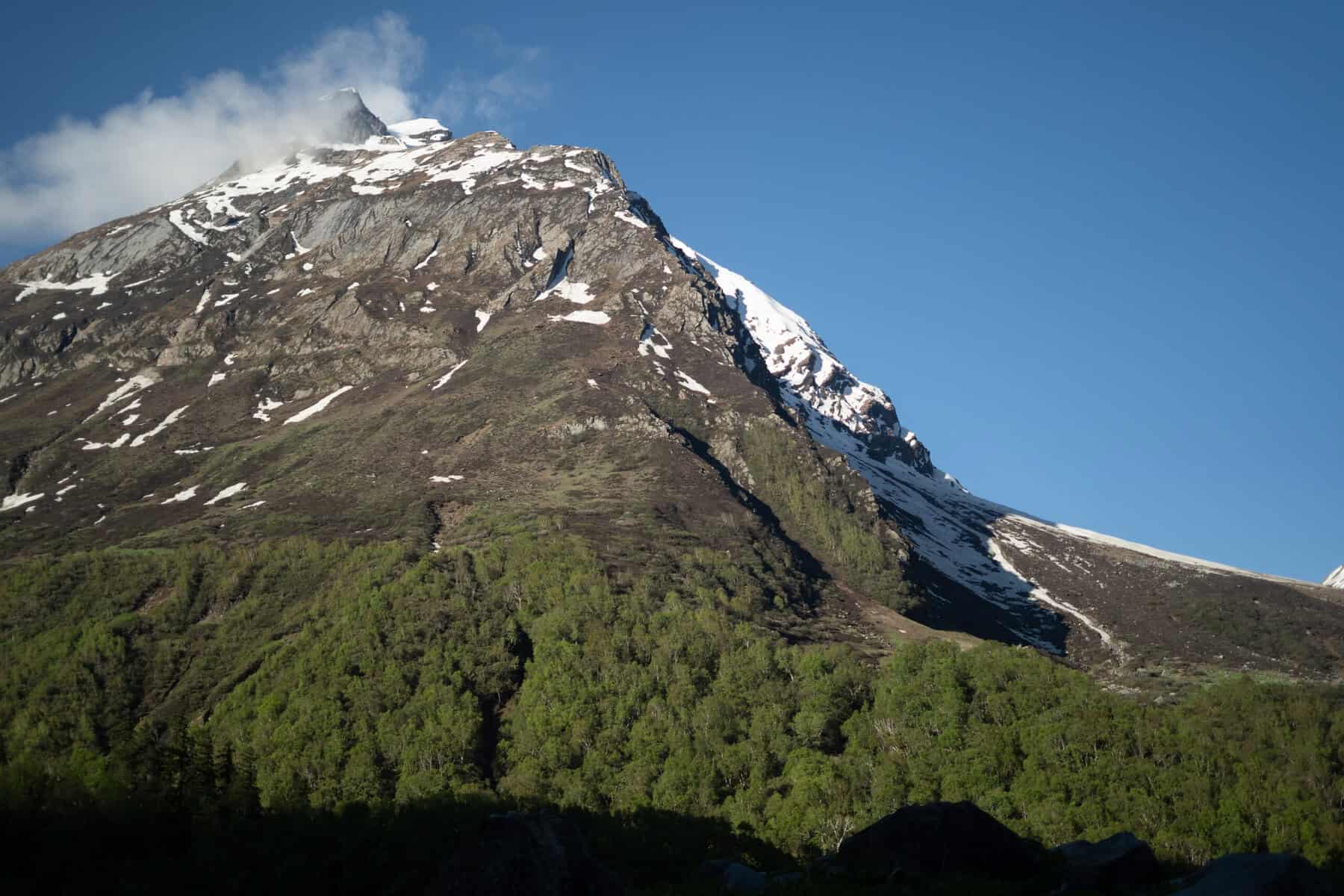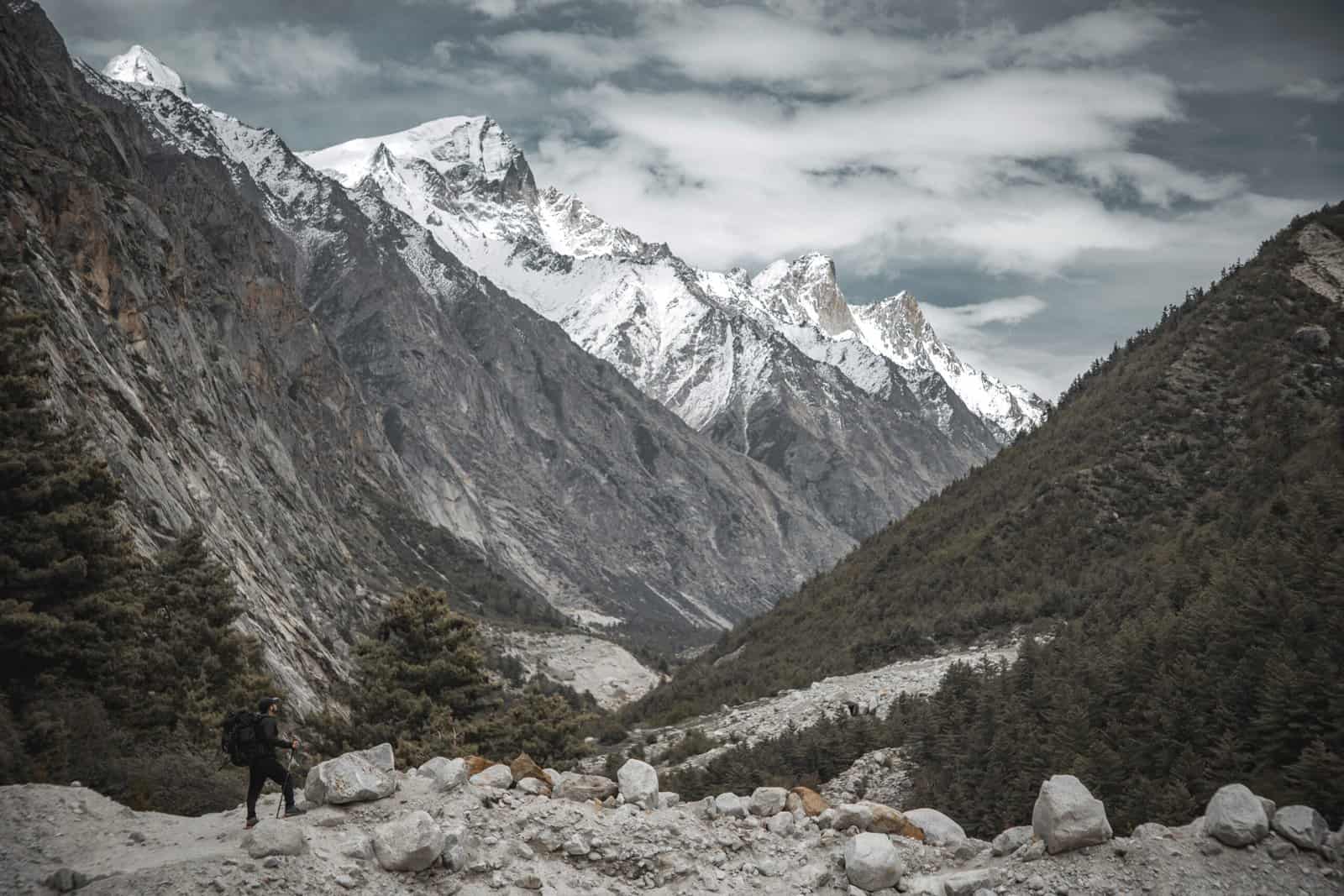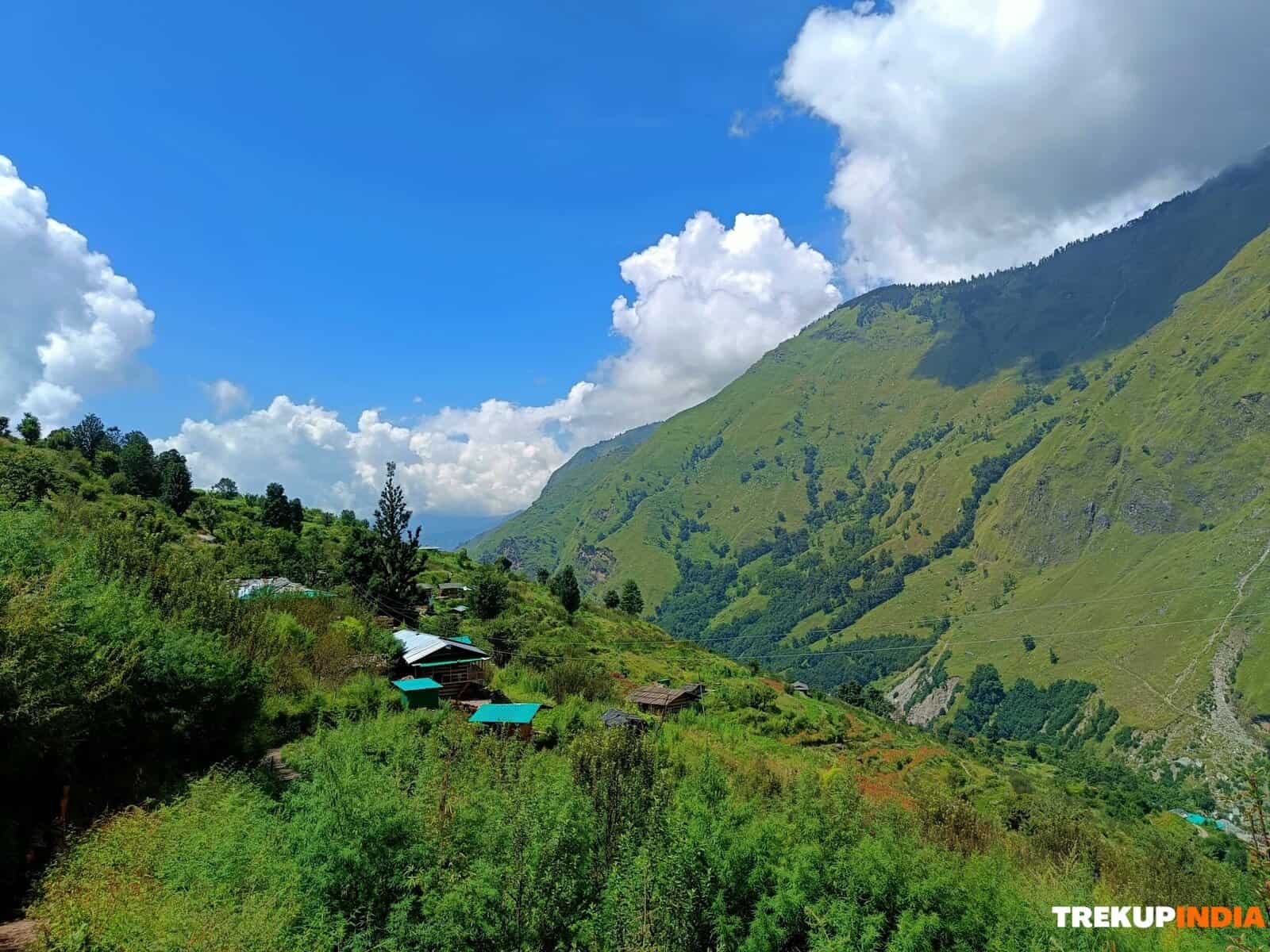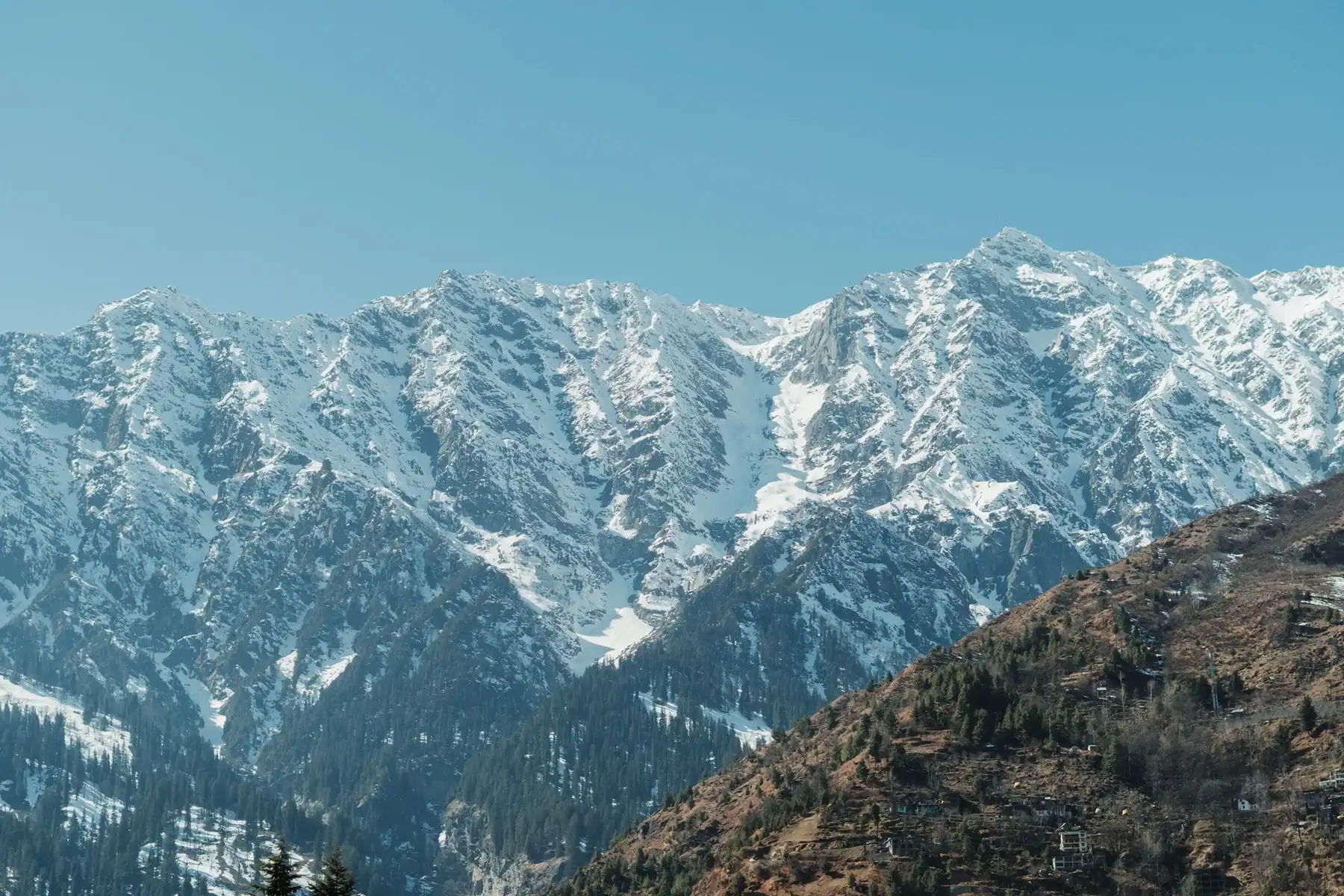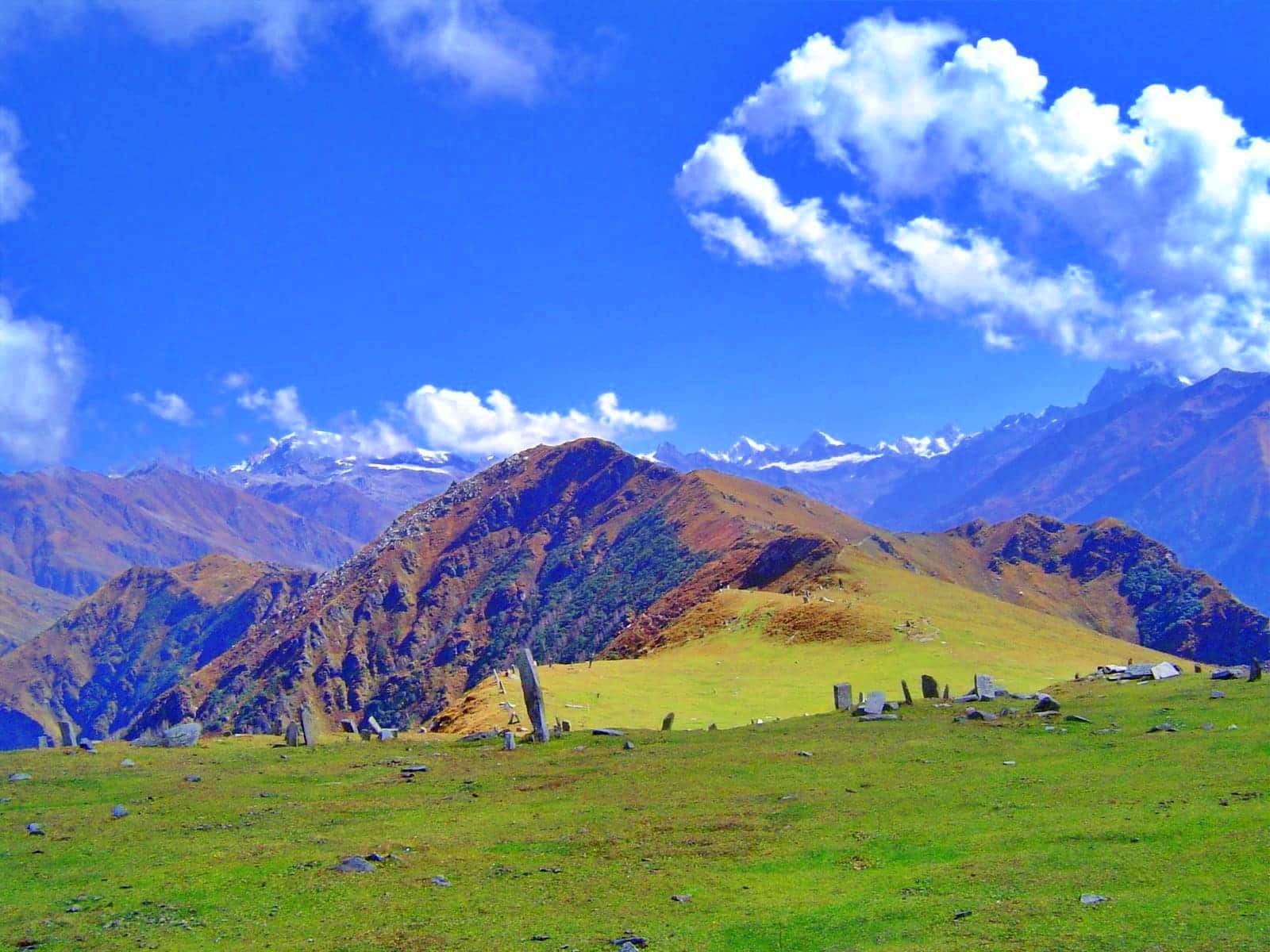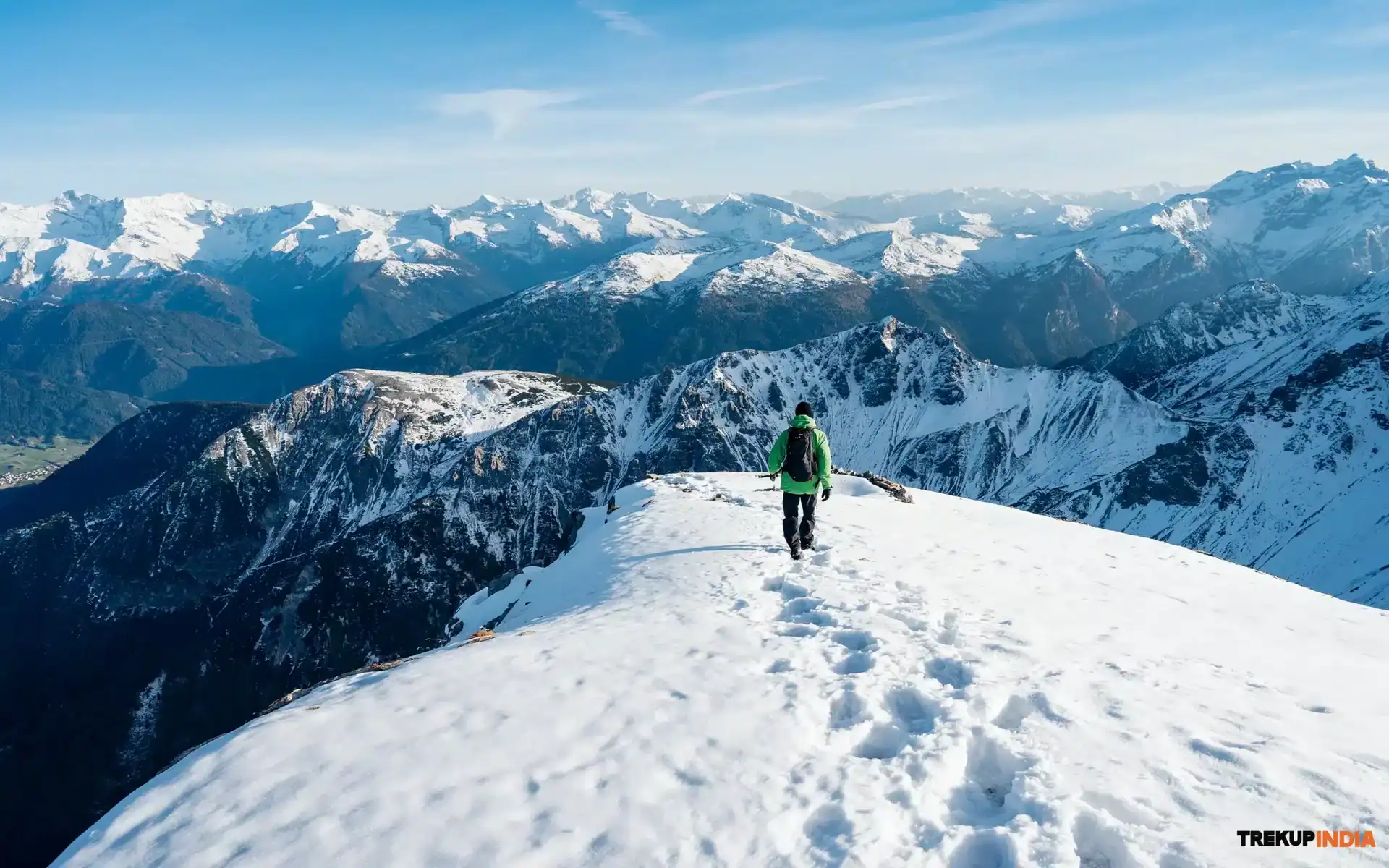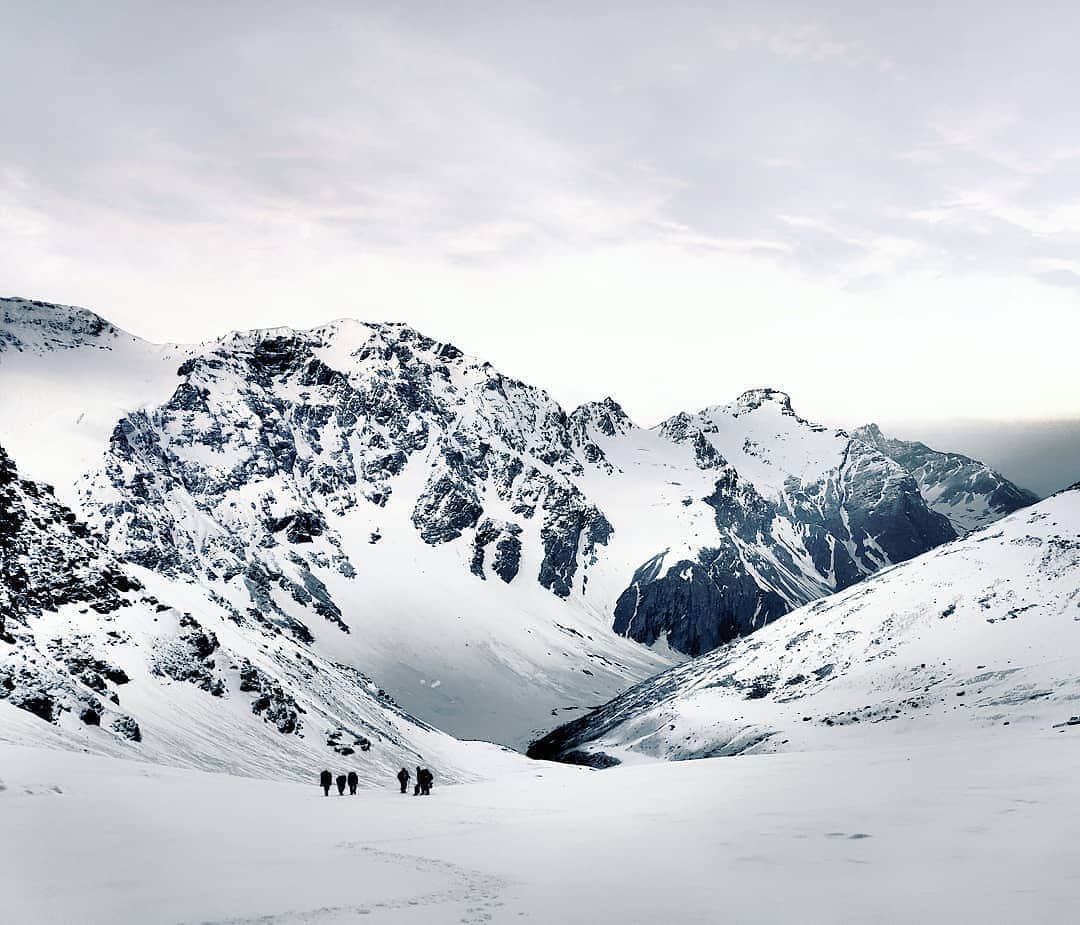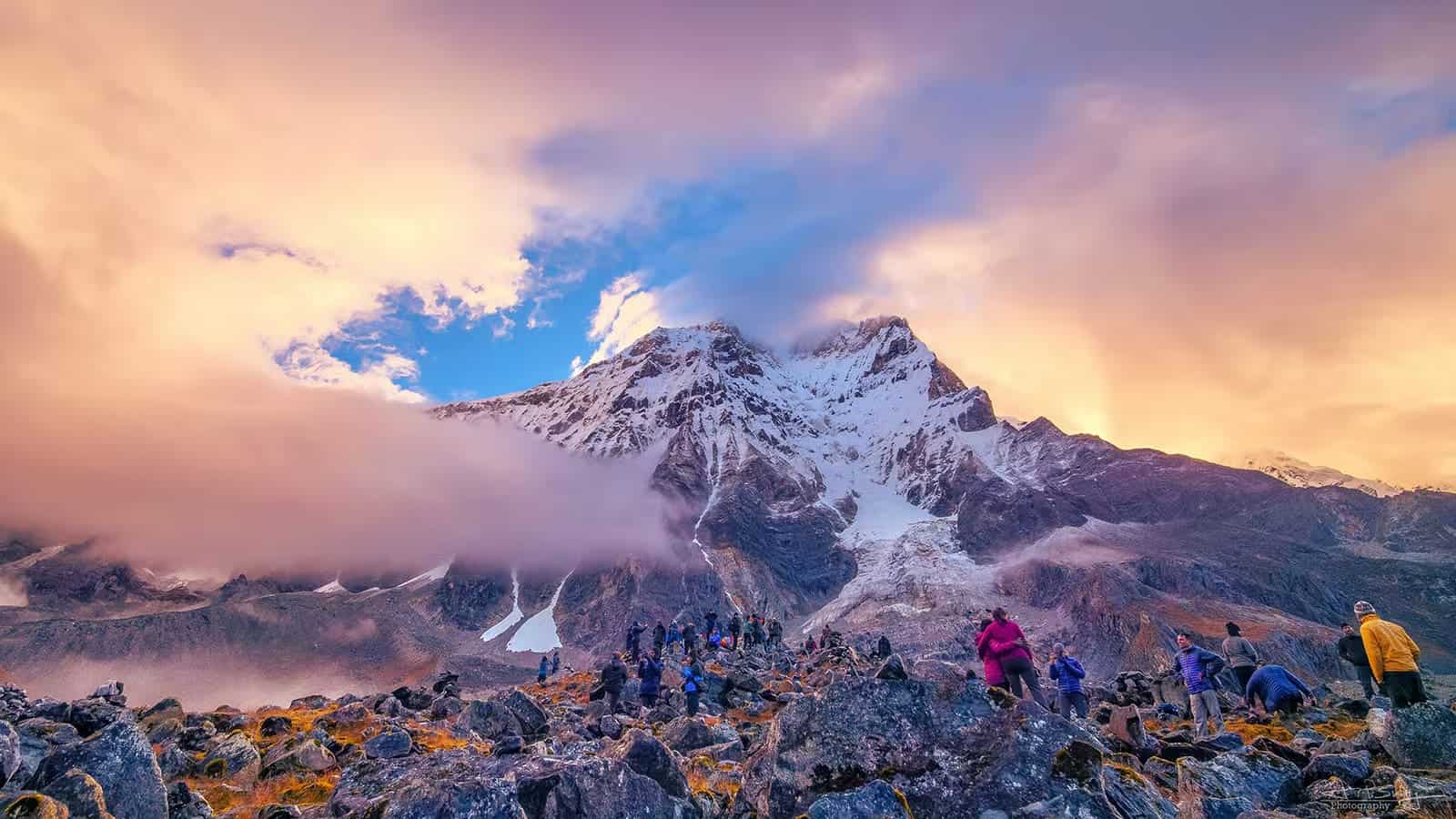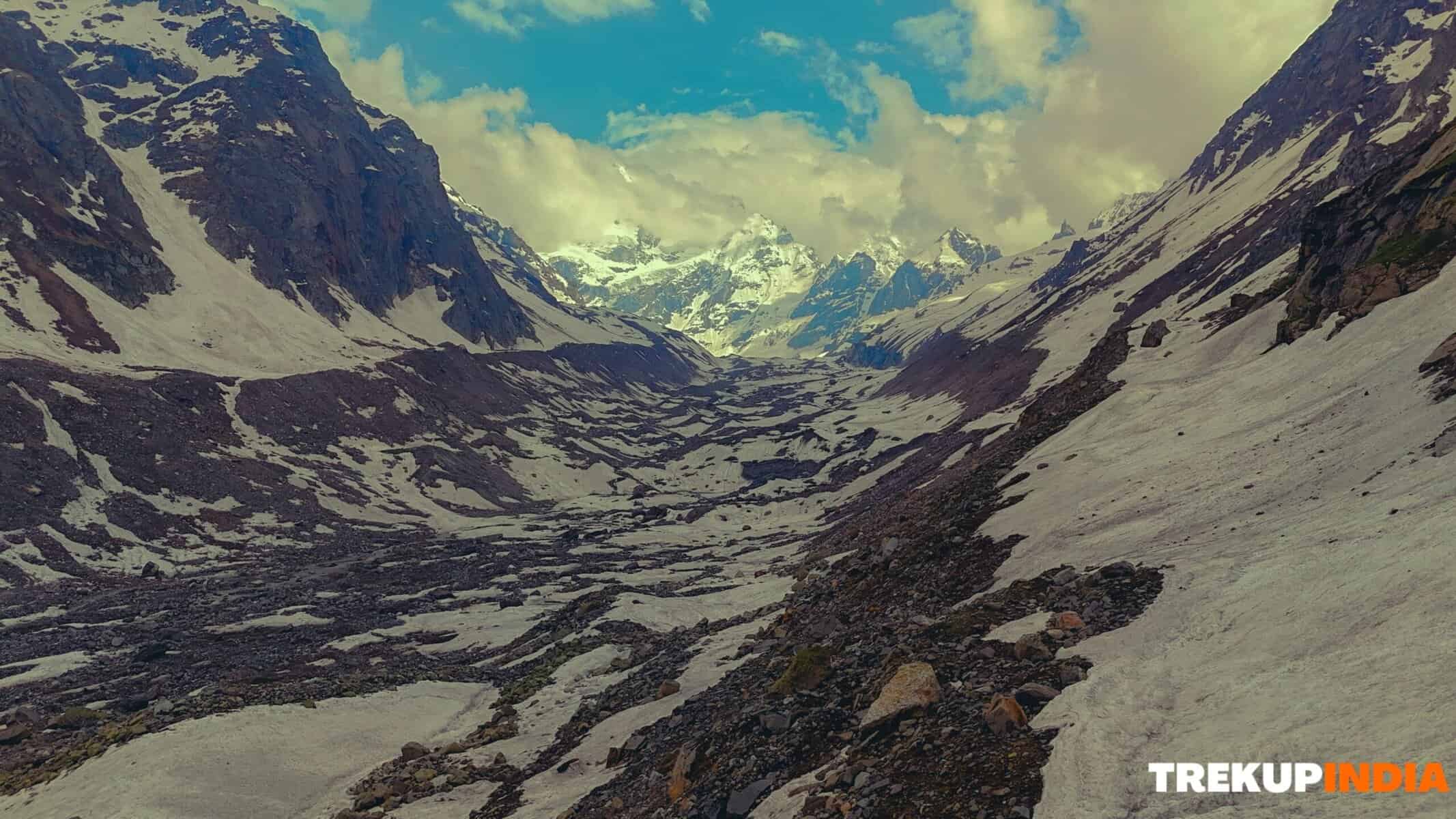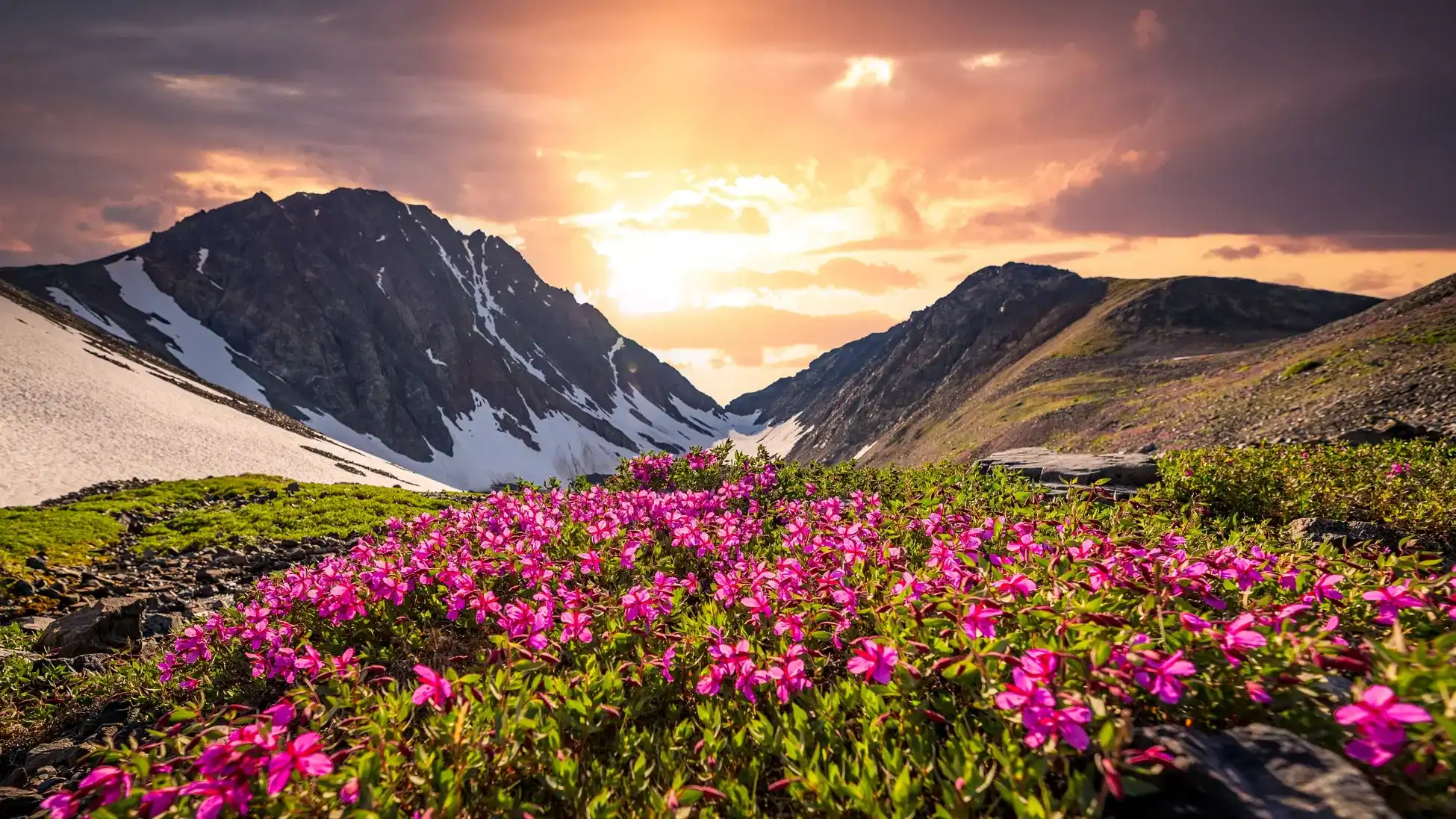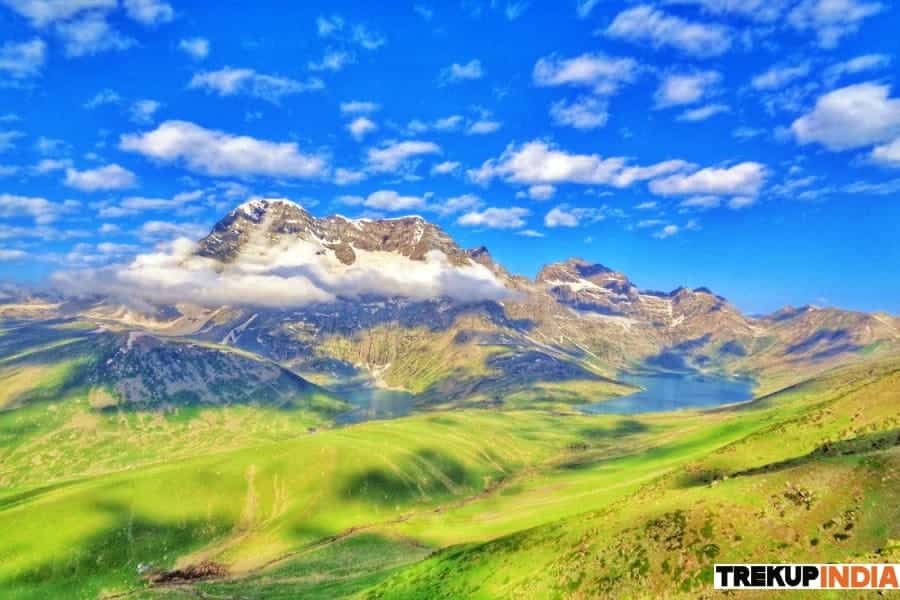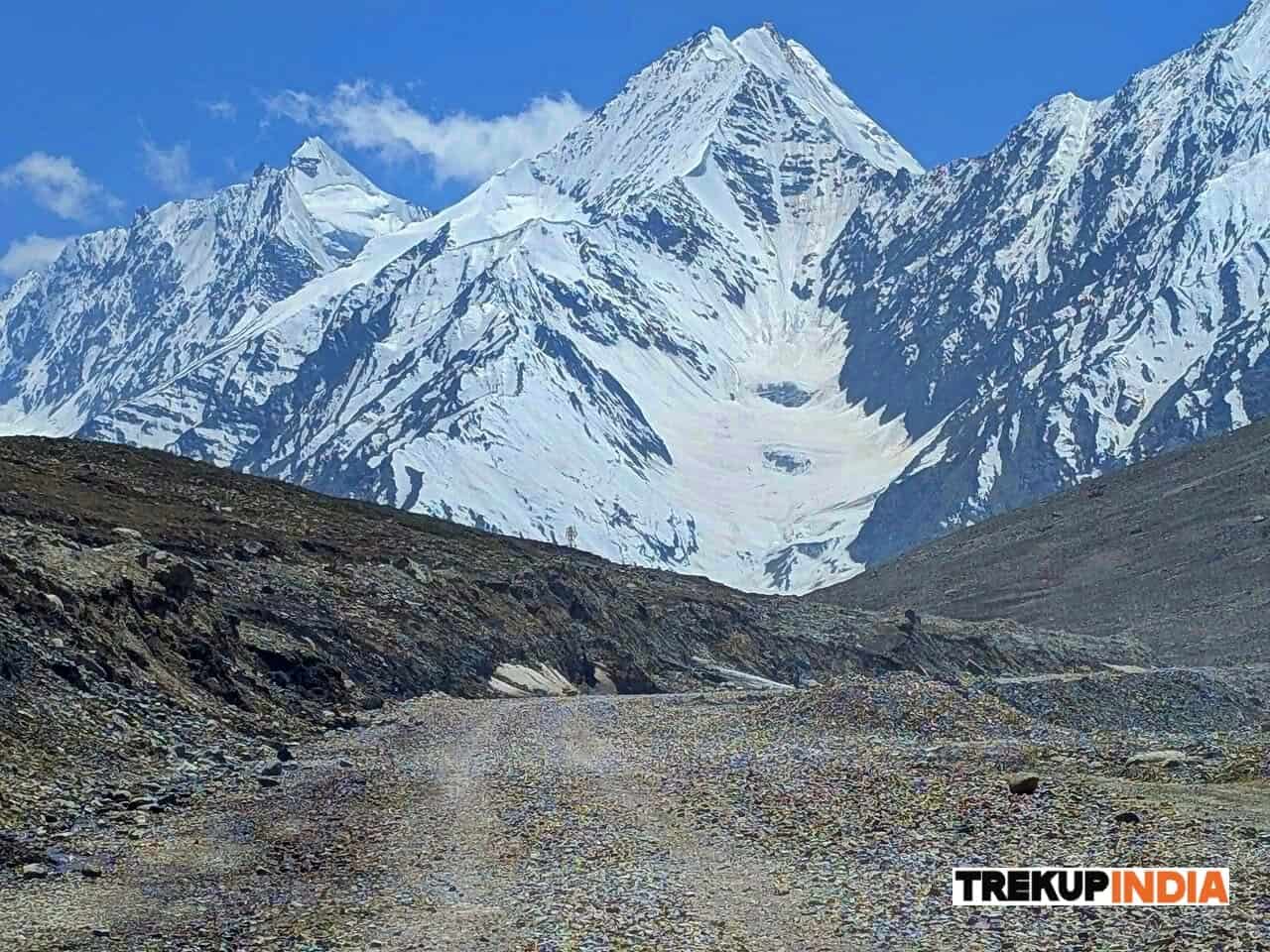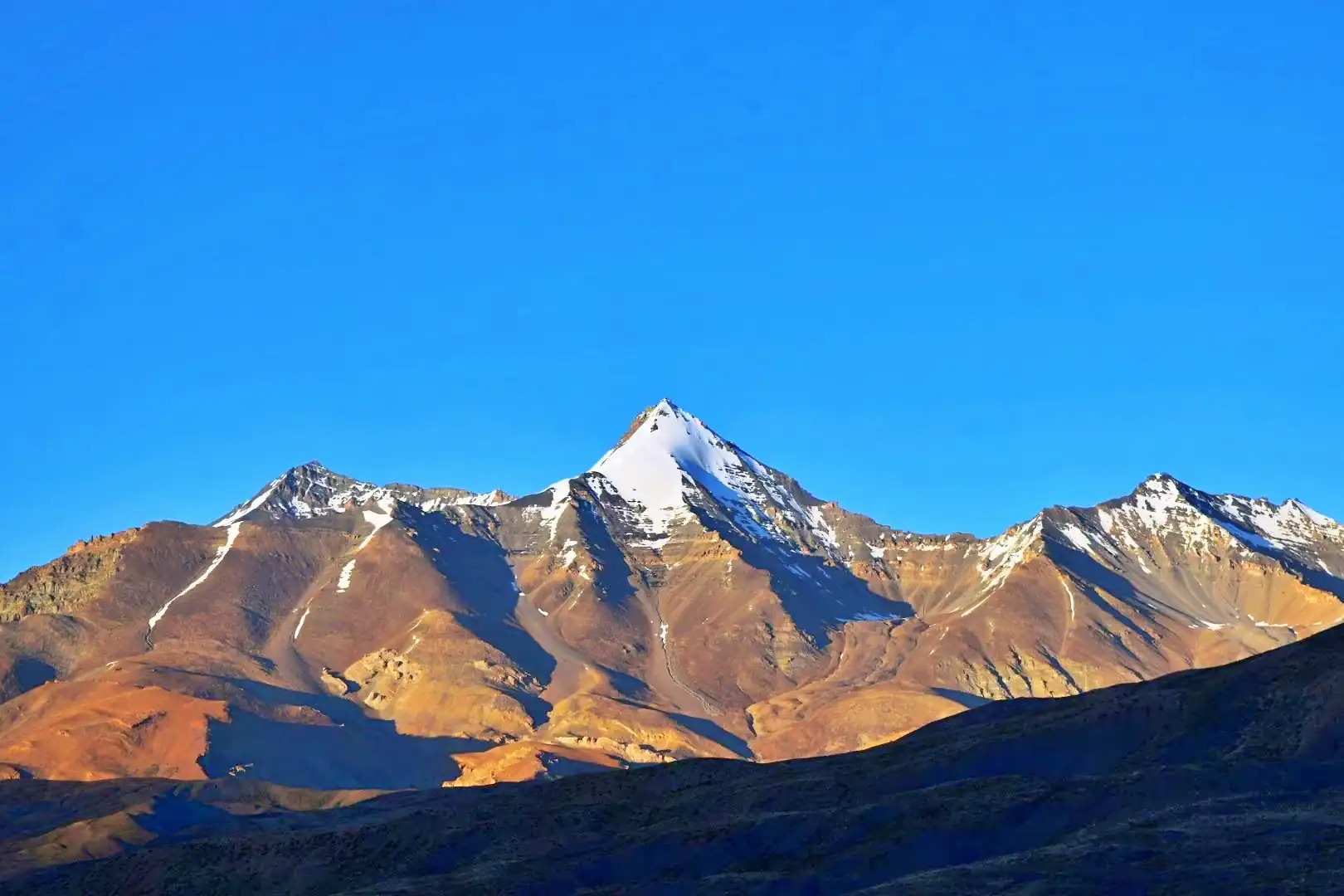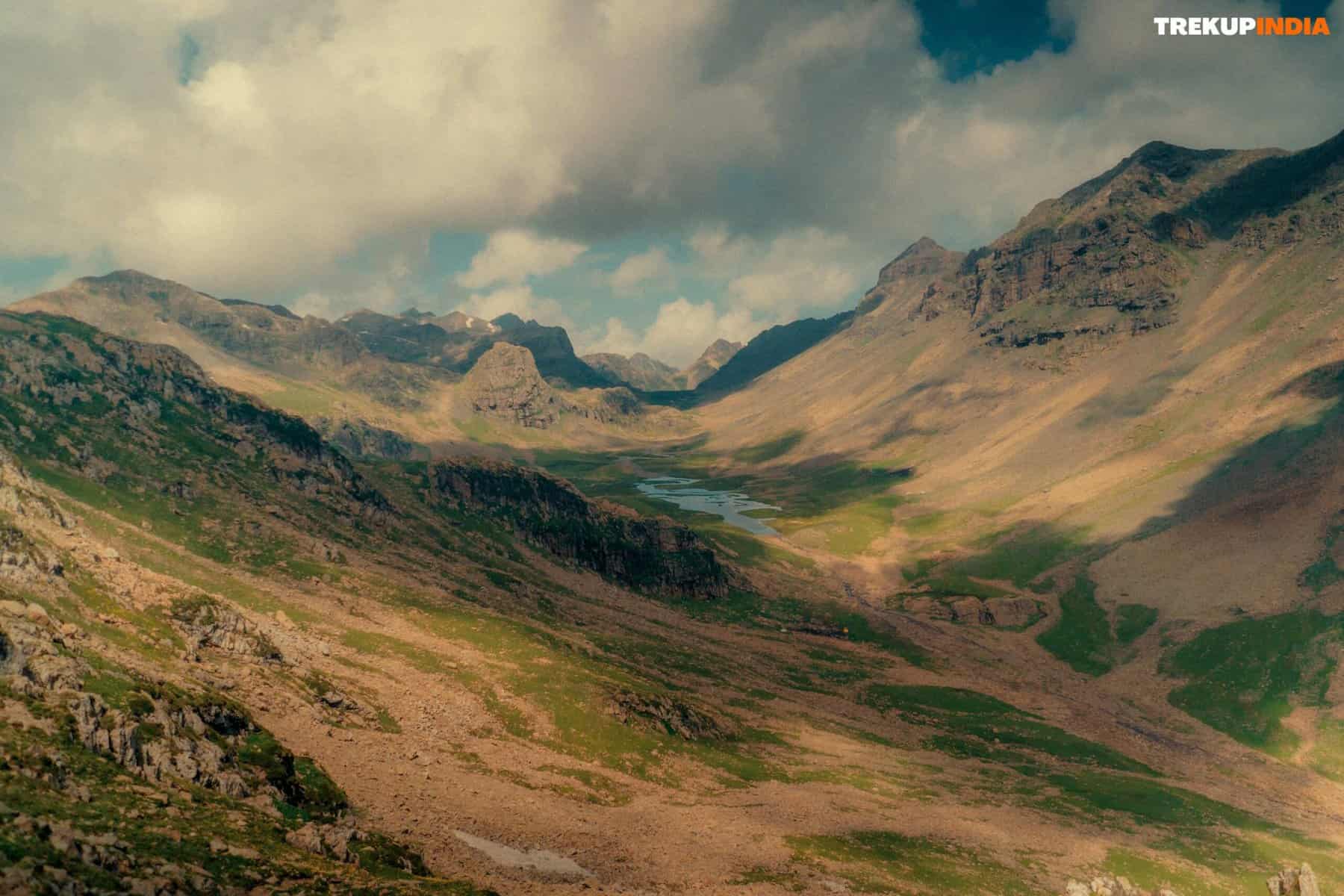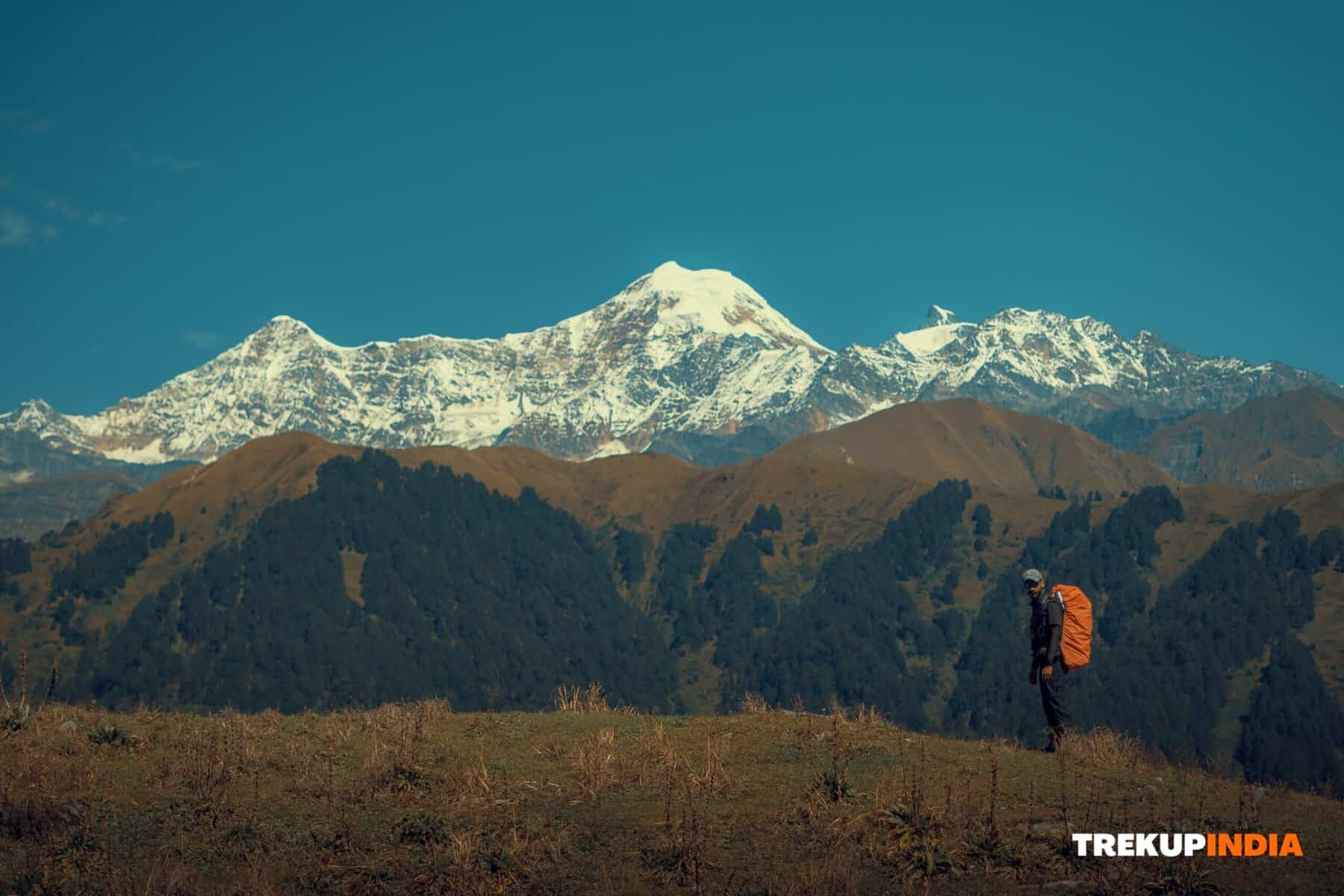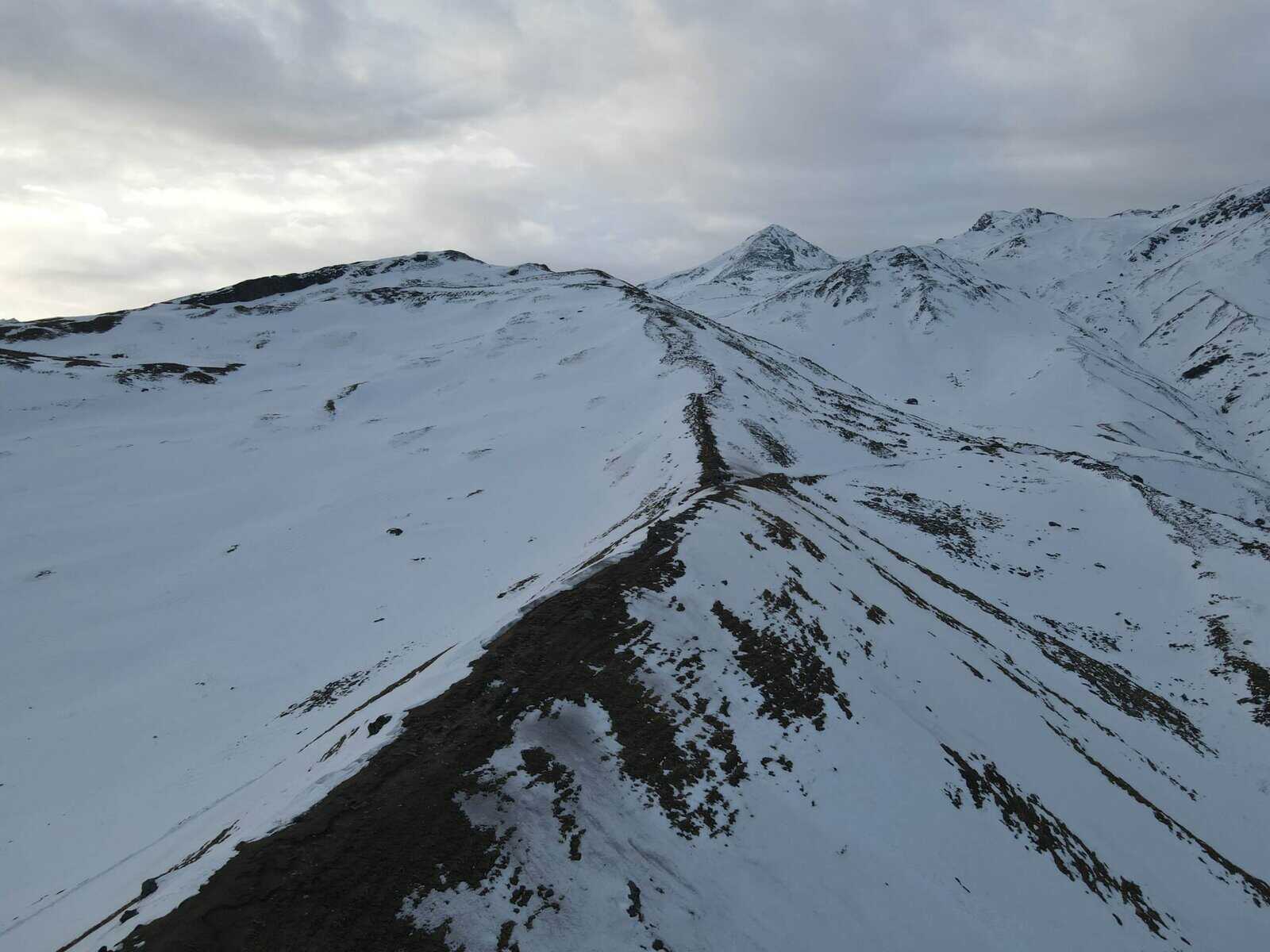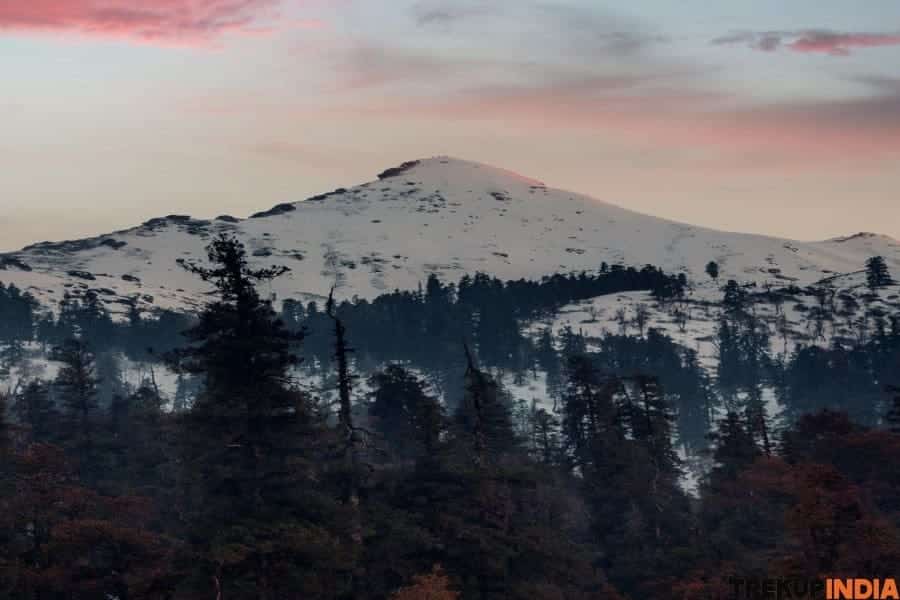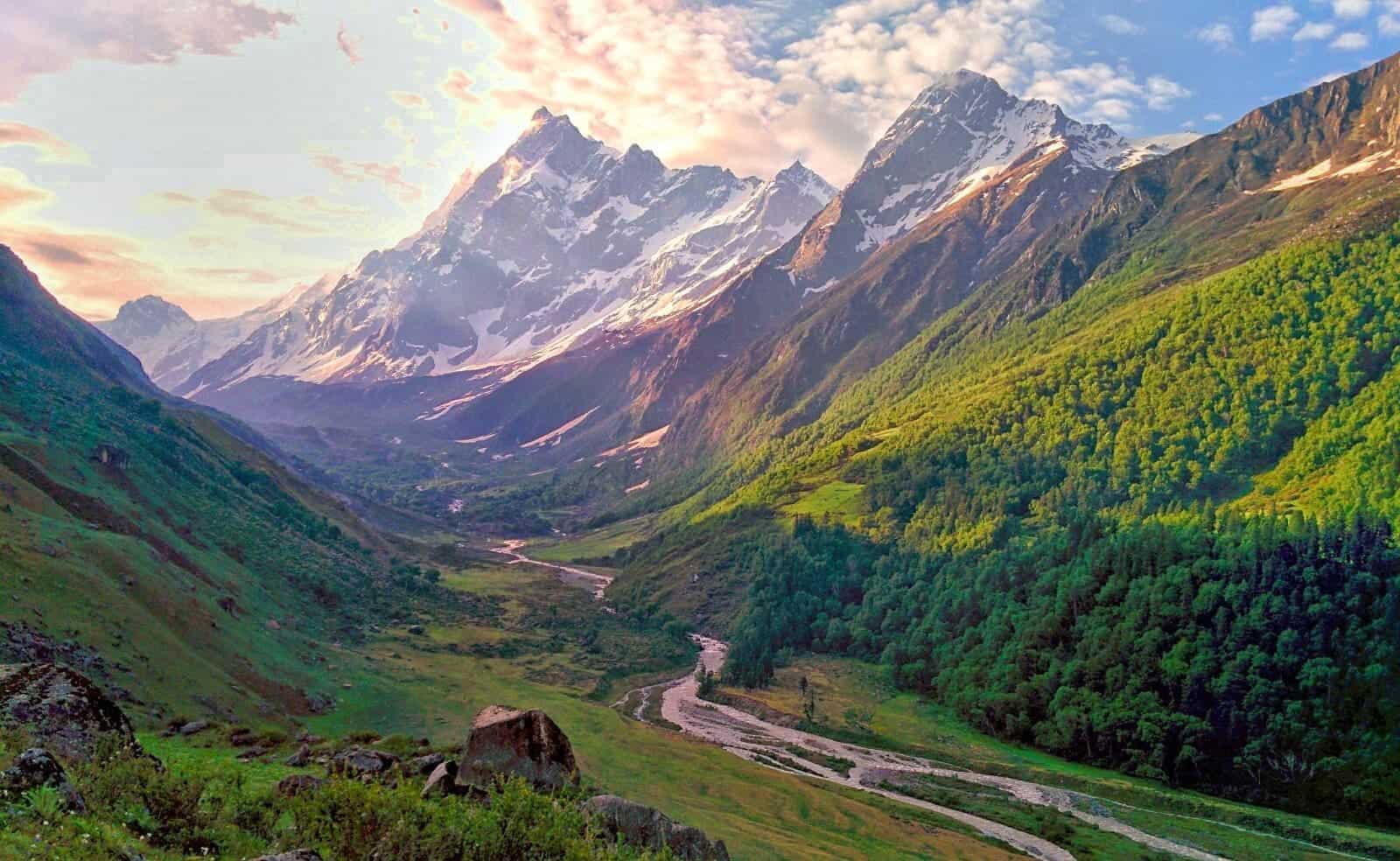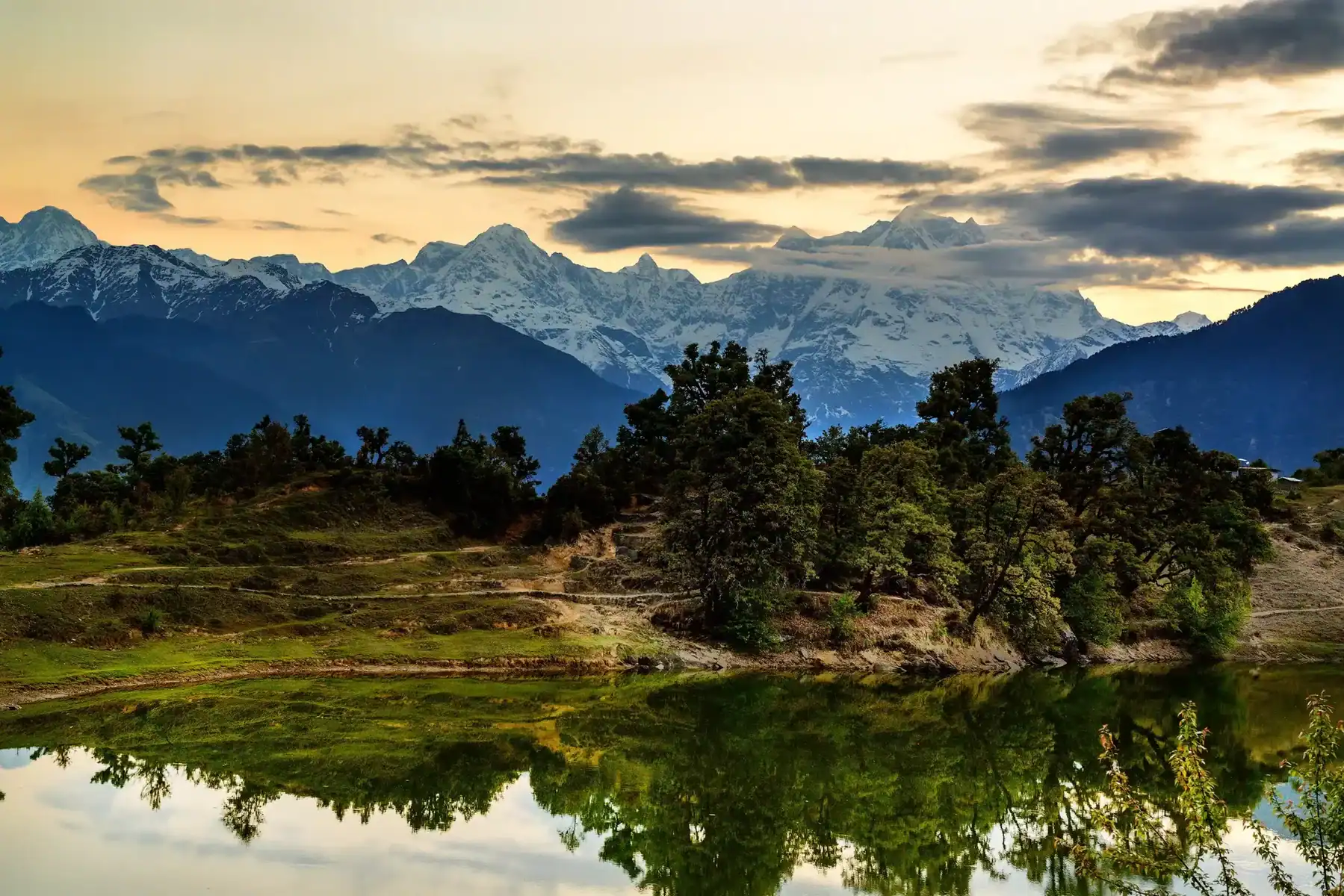Fueling Your Trek: High Altitude Nutrition and Hydration Tips
Trekking at high altitudes – whether in Ladakh, Uttarakhand, or Himachal – requires more than mere determination. Cold, thin air temperatures and increased exertion mean your body needs more calories to stay hydrated, as dehydration speeds up the digestion of foods; so having an appropriate diet and water intake plan in place is vital to keep yourself safe while trekking the mountains of the high Himalayas.
Why Nutrition & Hydration Matter More at Altitude
- Altitude increases your BMR (Basal Metabolic Rate). Your body must work harder just to stay comfortable and breathe, forcing it into overdrive mode.
- Appetite can decrease at altitudes above 3,000m, leading to unintended calorie deficits.
- Dehydration occurs more rapidly due to dry air, heavy breathing, and higher outputs of urine (altitude diuresis).
- Undernutrition and dehydration increase the risk of altitude-related illness and injuries due to fatigue.
Nutrition Strategy for Trekking and Climbing
Carbohydrate Loading (2-3 Days Before)
- To build glycogen reserves and prepare your body, try loading up on carbohydrates such as rice, whole wheat pasta, oatmeal, bananas, and sweet potatoes over two to three days leading up to any physical exertion or activity.
- Avoid eating processed or greasy food items, which could slow digestion.
While Trekking, Opt for High-Carb and Moderate-Protein Meals
To aid digestion while trekking at high altitudes, select food items with easy digestion processes.
Breakfast: Porridge + dry fruit + hot tea
Lunch: Rice/roti, Dal, Vegetables, and Pickle or Chutney.
Dining: Enjoy light but energy-rich foods such as soup, khichdi, and paneer or boiled egg for lunch.
Snack Wisely and Frequentlly (1 to 1.5 Hours)
To maintain energy levels during a trek, snack smart and regularly. This will keep your energy at an even level throughout.
Top Indian snack options for an outdoor adventure: Roasted Chanada, energy bars with jaggery peanuts, Till Larddus dry fruit (dates, raisins, almonds, etc).
Be wary of: Sugar-loaded candy bars or oily snacks, which may hinder digestion.
Post-Trek Recovery Fuel WHEN YOU REACH CAMP:
Mix of proteins and carbs for muscle recovery: Examples are boiling potatoes with eggs or rice with dal, or even energy bars served with warm milk.
Stay Hydrated.
Drink 500 milliliters of water before beginning your trek – don’t wait until thirst strikes before taking action, because by then dehydration has set in and could have already started its work on you.
While Trekking, Be Sure to Sip Every 20-30 Minutes
Your goal should be to hydrate daily at higher altitudes using three to four liters of water.
Make sure to use insulated bottles so as to prevent freezing from taking place.
Be sure to add an electrolyte powder, sugar, and salt mix or OR (electrolyte powder) every time you consume 1-2 Liters.
Drink Warm Liquids at Camp
Drinking lemon water, herbal tea, or hot plain water helps improve circulation while keeping you hydrated.
Caffeine can act as a diuretic. Therefore, avoid overconsuming it as this will irritate your bladder and make you sweat more than necessary.
Track Hydration
- Light-colored or clear urine indicates adequate hydration levels.
- Dark yellow indicates increased fluid intake.
- Trekup India recommends using a hydration bottle so you can drink hands-free during walks.
- Bring two bottles, with one being covered and the other easily accessible.
- Even when you don’t feel hungry, don’t skip meals.
- Acclimatization = calories + fluids. By combining both components for optimal adaptation, an effective strategy can be created.
- Consider taking multivitamins, along with an iron supplement if recommended (especially for those who are vegetarians and trekking at higher altitudes).
Sample Daily Trek Meal Plan (High-Altitude)
Time | Fuel Type | Examples |
6:00 AM | Pre-trek hydration | 500 ml warm water + pinch of salt |
7:00 AM | Breakfast | Oats/Poha + Dry fruits + Tea |
10:00 AM | Mid-morning snack | Chikki, trail mix, or banana |
1:00 PM | Lunch | Roti + Dal + Vegetable + Boiled egg |
3:30 PM | Energy boost | Dates + ORS water + Roasted peanuts |
6:30 PM | Dinner | Khichdi or Noodles + Soup + Paneer or Egg |
8:00 PM | Pre-sleep hydration | Warm water or herbal tea |
Conclusion
A healthy diet will not only boost your exercise routine, but it is also your primary defense against challenges at higher altitudes. When trekking Stok Kangri or the Kashmir Great Lakes Mountains, nutrition and hydration decisions could make or break your trek.
At high altitudes, your body is constantly adapting and healing itself. Load up on carbs before your trek; select energy-packed food that’s easy to digest; drink lots of water frequently and maintain an energy boost with recovery food like healthy snacks, warm beverages, or recovery meals; this ensures your body will withstand the elements more readily and stay on the trail longer. This also helps avoid fatigue-related ailments like dizziness, muscle loss, or acute mountain sickness (AMS).
Trekking is a holistic experience; taking proper care to fuel and hydrate properly allows you to fully experience India’s high trails while truly appreciating their landscapes, cultures, and challenges. Be sure to fuel appropriately while drinking plenty of water regularly throughout your trek – this way, your strength increases step by step.
About Author

Nanda Rawat (Operation Manager)
Nanda Rawat holds a Master’s degree in Tourism and Hospitality and is a seasoned professional specializing in Adventure and Leisure Travel. As a travel specialist and consultant, his core mission has always been to deliver exceptional service by sharing the full breadth of his experience, ensuring client satisfaction on a global scale.
With over 16 years of experience, Nanda has worked with three well-established tourism companies, gaining deep insight into both inbound and domestic travel operations. He has contributed directly and indirectly to the Adventure Tour Operators Association of India (ATOAI) and has participated in multiple Immediate First Aid Training programs at the Indian Mountaineering Foundation (IMF).
In addition to his fieldwork, Nanda has shared his expertise through guest lectures in tourism and hospitality at various universities. He has independently led numerous expeditions across the Indian Himalayas and was actively involved in the rescue operations during the 2010 Ladakh flash floods.
In recognition of his outstanding coordination skills, he was honored with the Best Travel Coordinator Award by Joy James Educational Trust in 2012. A strong advocate of ethics, sustainability, and eco-tourism, Nanda takes great pride in being an integral part of Trekup India.
Write to him at: nanda@trekupindia.com
Share this article
Dates For Upcoming Treks
Want To Trek Like Pro?
Basically, watch these videos if you want to trek the same way professional trekkers do and make your skills better. These videos contain useful tips and techniques to further improve your trekking skills itself. These videos actually help both new and experienced trekkers improve their trekking skills. These videos definitely provide useful tips that make your trek better. We are seeing that these videos by Trekup India experts will only help you make your trekking skills better.







Know Everything About Acute Mountain Sickness
Acute Mountain Sickness occurs when people trek to high altitudes above 8,000 feet. This condition itself develops further due to reduced oxygen levels at such heights. Basically, as you go higher up, the air pressure and oxygen levels decrease, which causes the same problem. Acute Mountain Sickness surely causes headache, nausea, vomiting, and dizziness in affected persons. Moreover, peoples also experience difficulty in sleeping during this condition. To avoid mountain sickness, you should actually trek up slowly to higher altitudes. To learn further about this condition itself, watch the videos by Trekup India.
